TGV for Me!
Our journey to Bordeaux began in style aboard the TGV, France’s high-speed rail network. Capable of reaching speeds over 300 km/h, the TGV made short work of the distance between Paris and Bordeaux, offering a smooth, luxurious ride that left us wishing the U.S. had trains half as nice. One of the highlights was watching the countryside blur past while enjoying a café au lait from the onboard bistro. The seats were spacious, and the ride was so quiet that we could barely tell we were moving at alls. Travel tip: in Europe, trains are typically faster than planes and always check the price for first class, it’s usually only a small percentage more and the upgrade is well worth the perks.
Upon arrival, we picked up our rental car and made our way to the ancient village of Saint-Émilion, a walled “city” and UNESCO-listed gem nestled in Bordeaux wine country’s rolling hills. Historians aren’t exactly sure how long humans have lived on its mountain—early settlers long predate written records—but evidence of human activity goes back at least 35,000 years. Around 60 BC, the Romans stumbled across the small village in the arid landscape and took note of permanent settlement, which could mean only one thing: fresh water. They discovered that the limestone mountain naturally captured humidity, steadily releasing it as fresh spring water that flowed through the town year-round. Recognizing the value of this resource, they quickly conquered the village, then known as Ascumbas, and fortified it against invaders, laying the foundation for protective walls that would be completed in the 12th century.
Saint-Émilion’s “new” name dates back to the 8th century when a monk named Émilion was banished from the Catholic Church and sought refuge in natural caves in the limestone mountain. During that period in history, famine struck often, the divide between the rich and everyone else was even greater than today. So Émilion secretly took bread from the monastery and shared it with the poor, believing that charity was more important than rigid adherence to church rules. At the time, those were acts of defiance, though being on the right side of history ultimately led to his sainthood and one of the world’s most beautiful villages named in his honor.
Royal Accommodation
Our accommodation was a special one—we stayed in Saint-Émilion’s Mayor’s Mansion! Okay, it was an Airbnb that the mayor owned inside the walled city, but the look on people’s faces when we initially told them we were staying at the Mayor’s residence was priceless. From our luxurious accommodation, we set out on foot to explore the micro-village, population 2,000 residents. The medieval streets, winding cobblestone paths, and vine-covered stone houses paint a picturesque scene of old-world France.
Wine tasting was naturally on the agenda, and in Saint-Émilion, it’s an experience unlike any other. While many of the region’s prestigious vineyards are located outside the village walls, numerous wineries operate tasting rooms only within the town itself, making it easy to sample the region’s finest without leaving the walkable historic core. Among the highlights of the day were visits to the Église Monolithe, a remarkable underground church carved from limestone built on the site it was believed Émilion sought refuge, and the Tertre de la Tente, a steep and winding street that tested our leg strength but rewarded us with incredible views.
We also made a stop at Fabrique de Macarons, a historic bakery on Rue Guadet, to sample the town’s famous macarons. The charming shop, with its warm, inviting aroma of freshly baked almond treats, felt like stepping into a slice of baking history. You see, this unassuming shop is said to be the birthplace of the delicate French pastry. The recipe here differs from the typical macaron found in Paris or the rest of the world—Saint-Émilion macarons have a crisp, slightly rustic exterior with a tender, chewy center. Unlike the colorful, cream-filled Parisian versions, these are simple, delicate, and focus purely on the richness of the almond. We sampled the macarons but ultimately found their cannelé, a treat local to the Bordeaux region, even more delightful, with its caramelized crust and soft, custardy center. Enthralled by its rich vanilla and chocolate flavors, we loaded up a box to take back to the apartment to savor later.
For dinner, we dined under the stars in the charming square of Amelia Canta, savoring the flavors of the region with onglet de boeuf, sauce au poivre, potato cassoulet, and fresh summer corn. The richness of the beef paired perfectly with the boldness of the suggested Saint-Émilion red, while the potato gratins–a staple of French cuisine since the 18th century–and fresh summer corn perfectly complimented the farm-fresh meat.
Wine and Wonders of Saint-Émilion
Our second day was dedicated to deepening our appreciation for Bordeaux’s winemaking heritage by exploring Saint-Émilion wineries just outside the city’s walls. We began at Château de Candale, where we enjoyed a guided tour followed by a gourmet lunch featuring either Atlantic cod or France’s beloved steak frites, each course paired with the estate’s fine wines.
Château de Candale is a picturesque vineyard nestled in the heart of Saint-Émilion’s rolling hills, known for producing elegant, Merlot-dominant wines that reflect the region’s limestone-rich terroir. The château was originally established by Lady Marguerite de Suffolk, a descendant of the English royal family, adding a fascinating historical connection to the estate. Today, it blends tradition with innovation, utilizing modern winemaking techniques while preserving the integrity of its centuries-old vineyards.
Next, we visited Château de Pressac, a stunning vineyard with historical ties to the Hundred Years’ War. This grand estate, perched atop a limestone plateau, was the site where the French secured their final victory against the English in 1453, marking the end of the conflict. Today Château de Pressac is known for its impressive blend of Merlot, Cabernet Franc, and Malbec, producing bold, well-structured wines. The estate’s underground cellars, carved into the limestone, provide the perfect aging environment, ensuring their wines develop deep complexity. Walking through its picturesque vineyards, enjoying views for miles around, we gained a newfound appreciation for the rich history and meticulous craftsmanship that define this remarkable winemaking region.
Later, back in the village, we ascended the 196 steps of the Clocher de l’Église Monolithe, the bell tower of Saint-Émilion’s famous underground church. From the top, visitors enjoy breathtaking 360-degree view of Saint-Émilion’s medieval village and rolling vineyards. Travel tip: only a handful of visitors are allowed up at a time. Small groups must borrow a giant iron key, which adds a sense of adventure to the climb, making it feel like a hidden treasure for those in the know.
Biking Through the Vineyards
To experience the landscape more intimately, we joined Rustic Vines for an electric bike tour through Saint-Émilion’s rolling vineyards. The adventure, organized by Ramiro, was ultimately my favorite day in Saint-Émilion. The ride was both scenic and exhilarating—except for Michelle’s minor tumble at the start, which provided a few laughs and fortunately left her unharmed. The electric bikes proved essential for tackling the sometimes steep hills that define the countryside, especially under the hot Bordeaux sun.
I was surprised to learn that France has an arid, semi-desert climate, the cold Atlantic not pumping much moisture into Bordeaux. Similar to California, the region experiences low rainfall during the growing season. These dry conditions stress the vines, which in turn produce grapes with more concentrated flavors, leading to wines that are rich, complex, and well-structured. The combination of warm days and cool nights allows for balanced acidity and ripeness, which is essential for Bordeaux’s signature wines.
Stops along the way included Château Bernateau and Château Martet, both of which offered unique insights into the region’s winemaking traditions. Château Bernateau, a family-run estate that dates back to the 17th century, is known for its commitment to organic viticulture, enhancing the structure and character of its Merlot-based wines, which we had the pleasure of sampling while taking in breathtaking views of the surrounding countryside.
Château Martet, on the other hand, is a beautifully restored estate with a history that spans centuries. The vineyard is renowned for producing powerful and complex wines, with Cabernet Franc playing a prominent role in its blends. Here, we enjoyed a communal lunch featuring a traditional charcuterie spread. I was paired with a young Irishman who, much to my disappointment, wasn’t a vegan—so I was forced to actually share the delicious meats and cheeses with him.
After our bike tour, we explored our last landmark in Saint-Émilion: Eglise Collégiale et son Cloître. Built between the 12th and 15th centuries, this magnificent Romanesque-Gothic church was once home to a community of canons who oversaw religious life in the village. Fun fact: Hidden among the structure are curious creatures, mythical beings, animals, and symbolic imagery carved into the stonework. The carvings are atypical of what would be expected among tightly controlled artwork of Catholic churches. Likely inspired by local legends, their presence serves as a reminder of how independent Saint-Émilion was from Rome at the height of its influence.
Bordeaux – Wine, War, and Wonders
Our final day in Bordeaux began with a tasting at the Gardens of Mirabel, an estate we wanted to explore because of its location in the Médoc region. Médoc’s terroir, characterized by its gravelly and well-drained soils, produces wines that are lighter and more aromatic compared to the bold, structured blends of Saint-Émilion. The influence of the nearby Atlantic Ocean and Gironde estuary also plays a role, creating a more maritime climate compared to the relatively sheltered vineyards of Saint-Émilion.
From there, we ventured into the heart of Bordeaux itself. Strolling through the elegant streets, we were struck by the distinctly British influence in the city’s architecture. Neoclassical buildings, with their symmetrical facades and intricate iron balconies, reminded us of Georgian-era designs found in cities like Bath and London. This would make more sense later, when we learned that Bordeaux was under British rule for over 300 years, during much of the historic city’s growth.
A walking tour through Bordeaux took us to some of its most iconic landmarks. We began at the Monument aux Girondins, a towering tribute to the Girondins, a political faction during the French Revolution. This impressive fountain and column ensemble is a reminder of Bordeaux’s historical significance and revolutionary past. Next, we visited the Église Notre-Dame de Bordeaux, a stunning 17th-century Baroque church known for its elaborate façade and dramatic interior, heavily inspired by Rome’s grand churches.
Continuing through the city, we stopped at the Porte Dijeaux, a historic city gate that once marked the entrance to the walled city. Built in the 18th century, this neoclassical gate replaced an earlier medieval structure and served as a symbol of Bordeaux’s transition into a more modern, open city. Today, it remains an important landmark, seamlessly blending with the surrounding elegant architecture and bustling streets. Nearby, the grand Palais Rohan showcased Bordeaux’s administrative elegance, as the palace now serves as City Hall. From there, we climbed the Tour Pey-Berland, offering breathtaking views over the city from its Gothic tower.
At 5 Place Jean Moulin, we learned about the site’s connection to the French Resistance during World War II. This location was a key meeting point for resistance fighters who coordinated covert operations against the Nazi occupation. The area is named after Jean Moulin, one of France’s most revered resistance leaders, who played a crucial role in unifying the resistance movements across the country. The bravery of those who gathered here remains an enduring symbol of Bordeaux’s resilience during the war. After this powerful history lesson, we marveled at the Big Bell of Bordeaux, a medieval gate and bell tower that once rang out warnings to the city’s inhabitants.
We then passed through the medieval Porte Cailhau, once the grand entrance to the city, and arrived at the Place de la Bourse. The square’s elegance and symmetrical architecture perfectly reflected Bordeaux’s 18th-century urban planning. Finally, we ended our tour at the Fontaine des Trois Grâces, where we couldn’t resist taking off our shoes and joining the many tourists playing in the shallow waters—a refreshing way to conclude a long walk through Bordeaux’s storied streets.
In need of refreshment and having worked up a sufficient appetite, we popped into an Irish pub to celebrate Michelle’s heritage with a quick drink then had lunch at an Argentinian restaurant for Ramiro, everyone enjoying a French twist on their tastes of home.
Ancient Vines to Modern Wines
Departing Bordeaux center, our next destination was the Musée du Vin et du Négoce, which provides an in-depth look at Bordeaux’s wine legacy. Housed in an 18th-century building that once served as a wine merchant’s storage facility, the museum’s vaulted stone cellars and wooden beams transport visitors back to a time when Bordeaux’s wine trade was in its infancy. Exhibits showcase historical winemaking tools, vintage barrels, and records detailing how merchants played a crucial role in creating some of the world’s earliest global trade routes.
A surprise to all of us was learning that almost every grape variety used in modern winemaking traces its roots back to Bordeaux, many discovered on the single mountain in Saint-Émilion. Merlot, Cabernet Savignon, Cabernet Franc, Malbec, Petit Verdot, and Carmenere all growing wild when the Romans arrived. It certainly explains the French names for all of them! These varieties are critical to producing a licensed Bordeaux blend: classification standards only allow six red grape varieties — Cabernet Sauvignon, Cabernet Franc, Merlot, Malbec, Carmenere, and Petit Verdot — and eight whites — Semillon, Sauvignon Blanc, Sauvignon Gris, Muscadelle, Colombard, Ugni Blanc, Merlot Blanc, and Mauzac.
Fun Fact: Receiving a Bordeaux classification, particularly within the renowned 1855 classification of Saint-Émilion, involves a complex interplay of factors focused on the quality of the wine, the reputation of the château, and strict adherence with ancient, organic production techniques. Only officially classified wines are allowed to depict each winery’s Château on the label. So when you’re in the mood for a world class red, look for a Bordeaux with a castle!
Another fascinating fact we discovered was how wine was originally produced not for pleasure but for water sterilization. Early civilizations depended on large armies to defend their territories, and yet population growth was greatly hindered by waterborne illness. So they relied on wine as an inexpensive way to make drinking water safe for the masses. In aristocratic circles, wine was cut with water to enhance intellectual and philosophical conversations by noblemen whose ideas shaped Western society. In these ceremonies, a master sommelier would adjust the wine-to-water ratio based on the liveliness of the conversation—reducing wine levels if things got too heated!
As if that wasn’t enough discovery for the day, we learned about key technological advancements, introduced under English rule, that significantly changed the winemaking process. Early wine was not very flavorful. The inability to preserve wine meant it was only useful for a short window—too early, there wasn’t enough alcohol; too long, and it turned to vinegar, neither desired nor useful. Two key innovations enabled wine to age gracefully and develop sophisticated flavors we associate with wine today. Sulfur was introduced to sterilize barrels—critical to killing flavor-destroying bacteria—and wax, a simple technology by today’s standards, enabled large wooden barrels to be sealed. A modern marvel in its day! The British—an orderly lot—also reengineered the wild-growing grapes, separating them by variety and orienting them into neat rows to maximize sunlight exposure, which was essential for reducing the impact of disease. Ultimately these innovations transformed the industry into what we enjoy today.
Reflections
Bordeaux is more than just a wine destination—it’s a place where history, culture, and viticulture intertwine seamlessly. From the medieval charm of Saint-Émilion to the grandeur of Bordeaux’s city center, this journey offered a perfect blend of learning, exploration, and indulgence. We gained a newfound appreciation for the complexity of winemaking, from the importance of terroir to the meticulous craftsmanship that goes into each bottle. Learning about the historical evolution of viticulture, the role of Bordeaux in shaping global wine traditions, and the fascinating innovations that improved aging and preservation deepened our connection to the wines we tasted. Whether climbing centuries-old bell towers, savoring world-class wines, or simply wandering through ancient cobblestone streets, every moment in Bordeaux was a toast to history, craftsmanship, and the joys of travel.
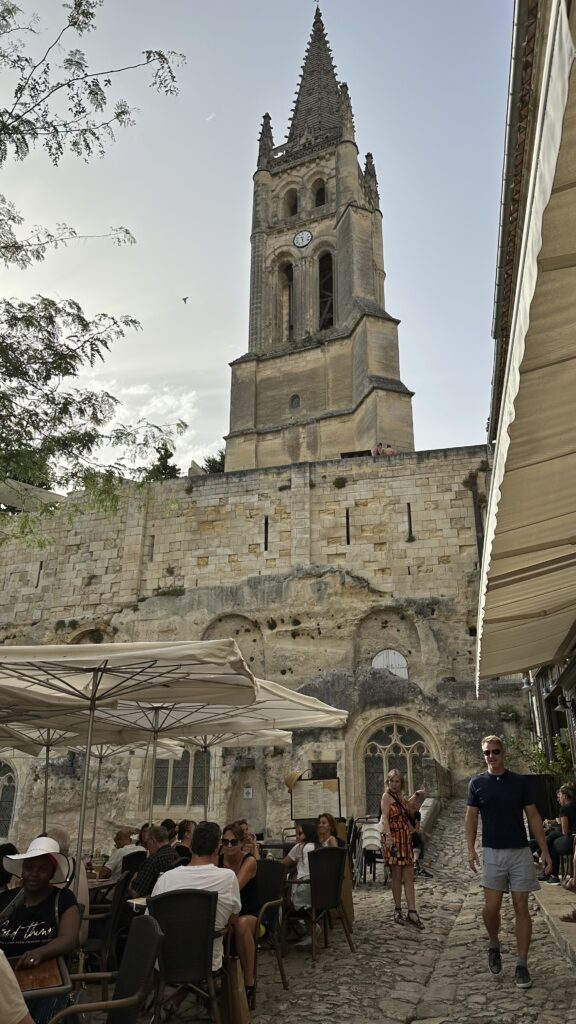
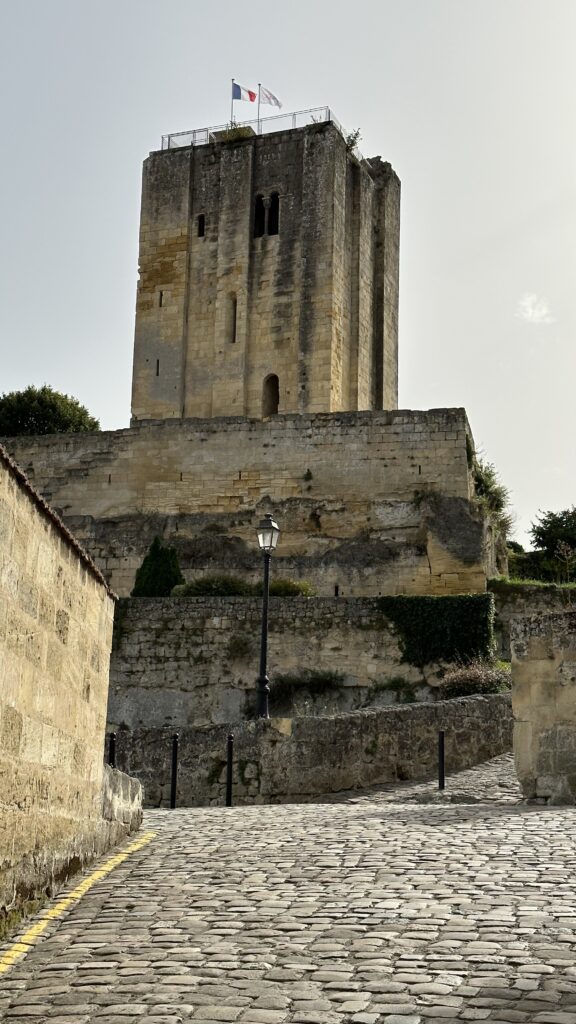
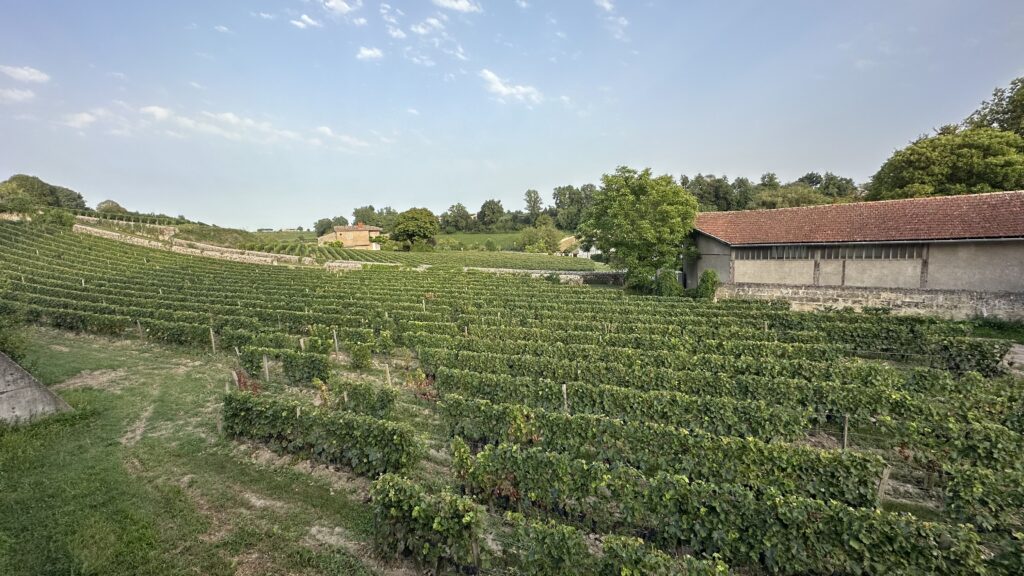
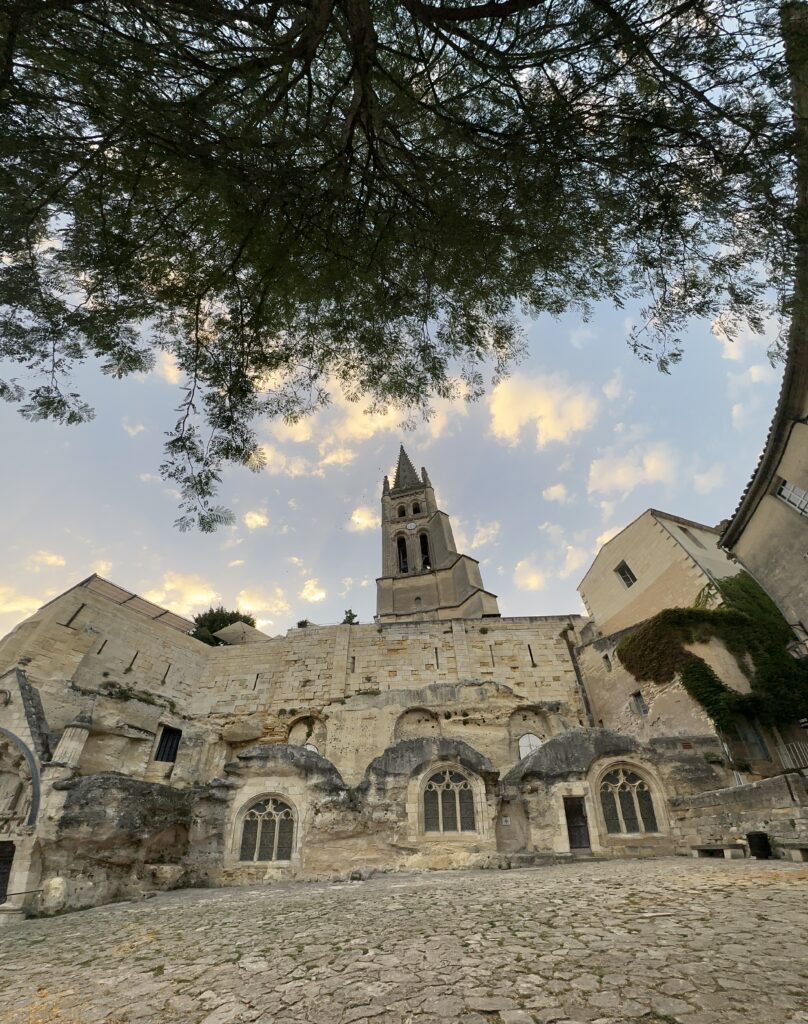
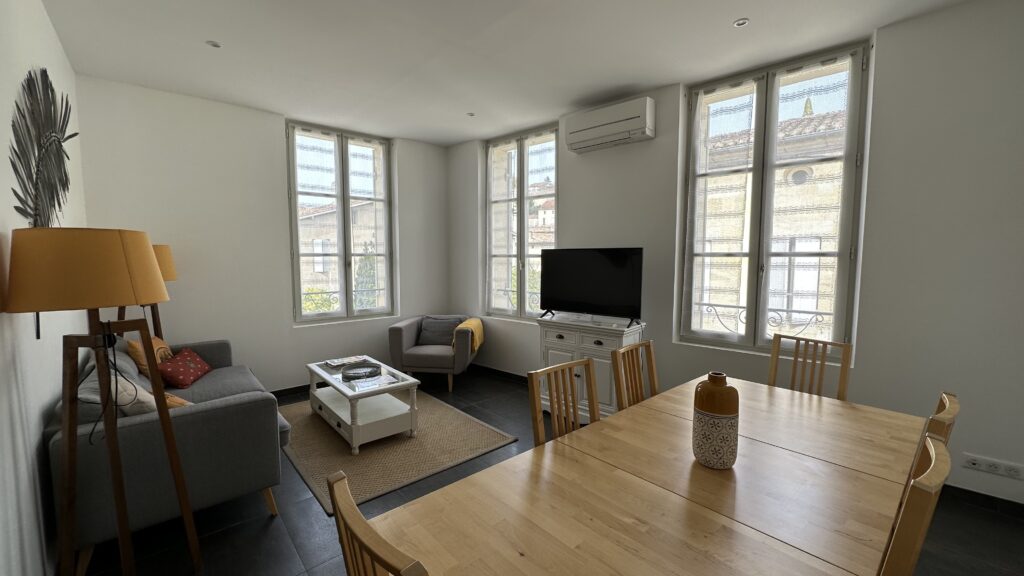
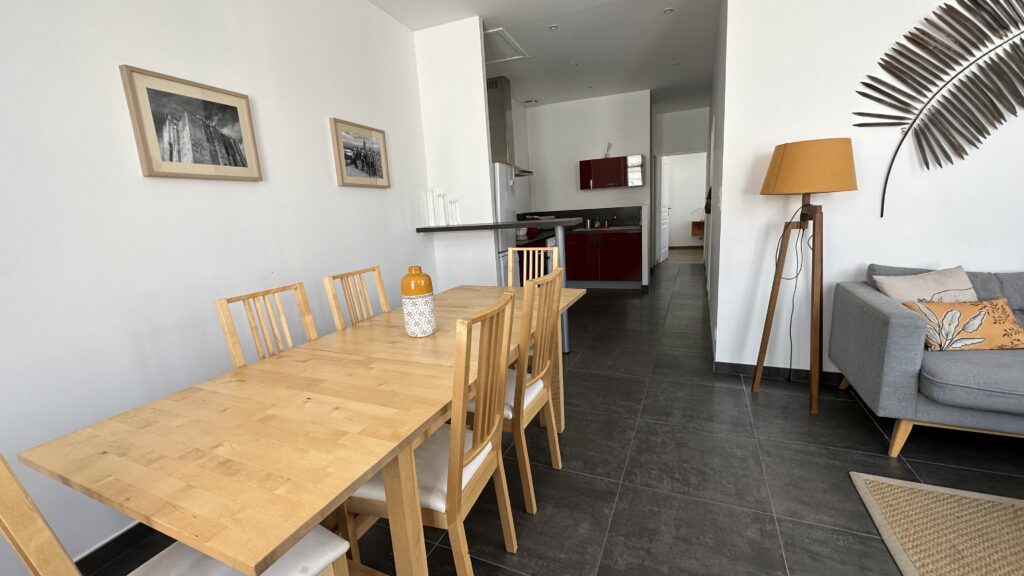
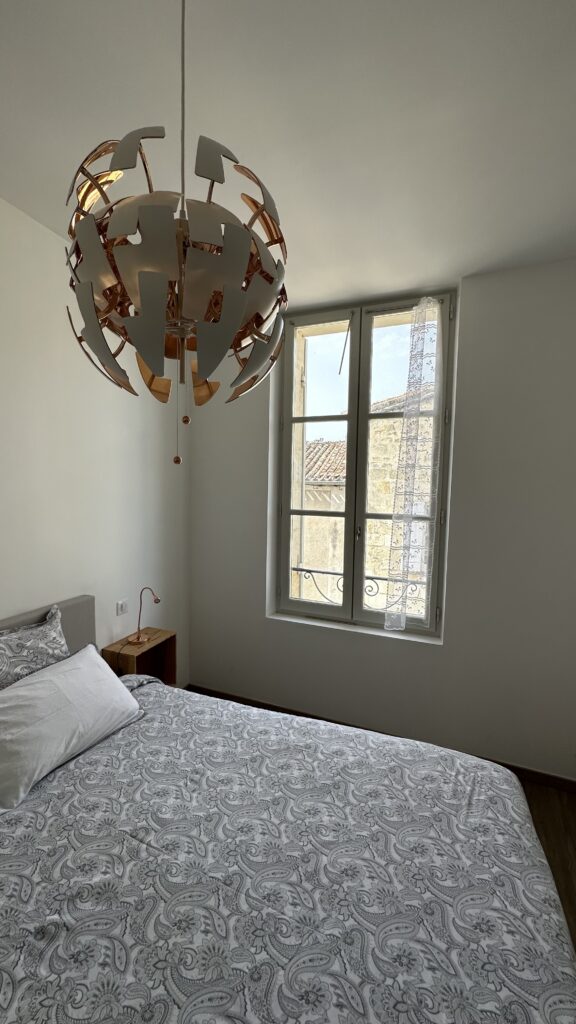
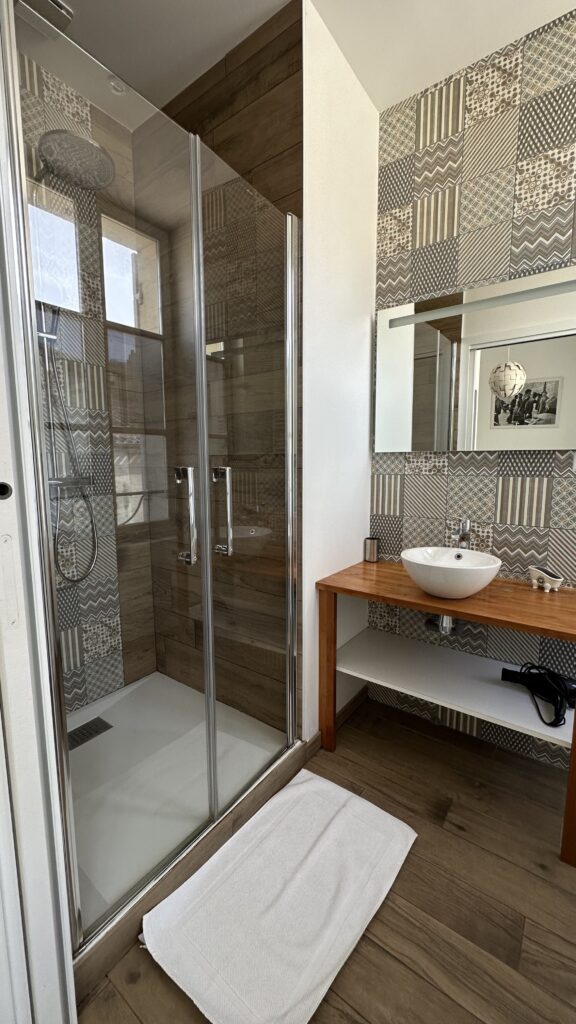
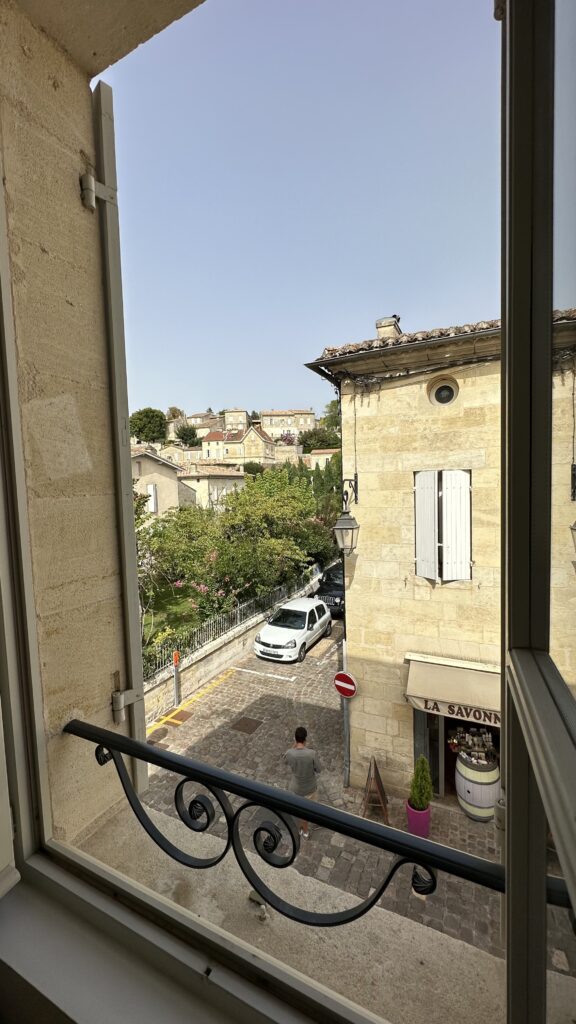
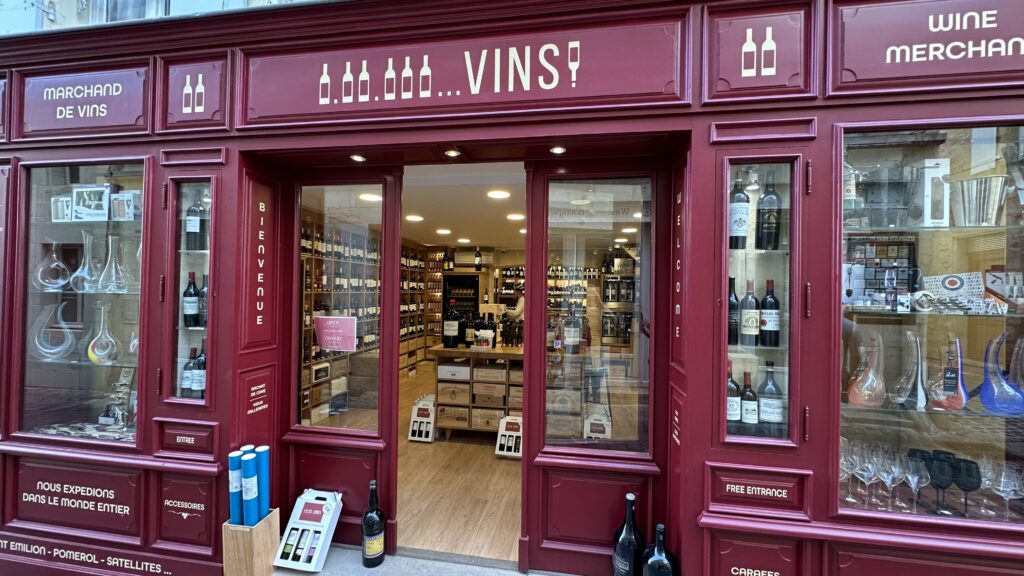
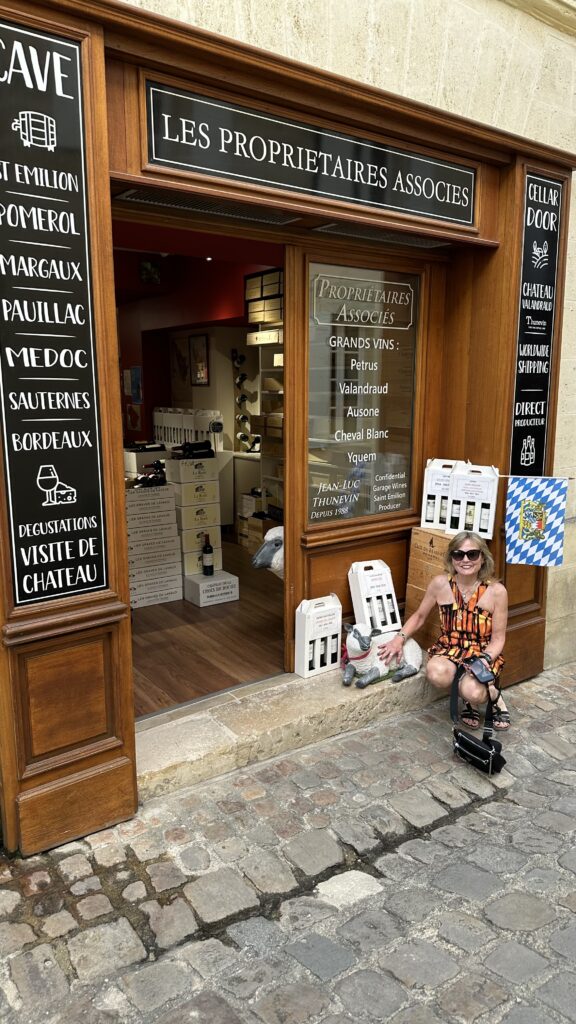
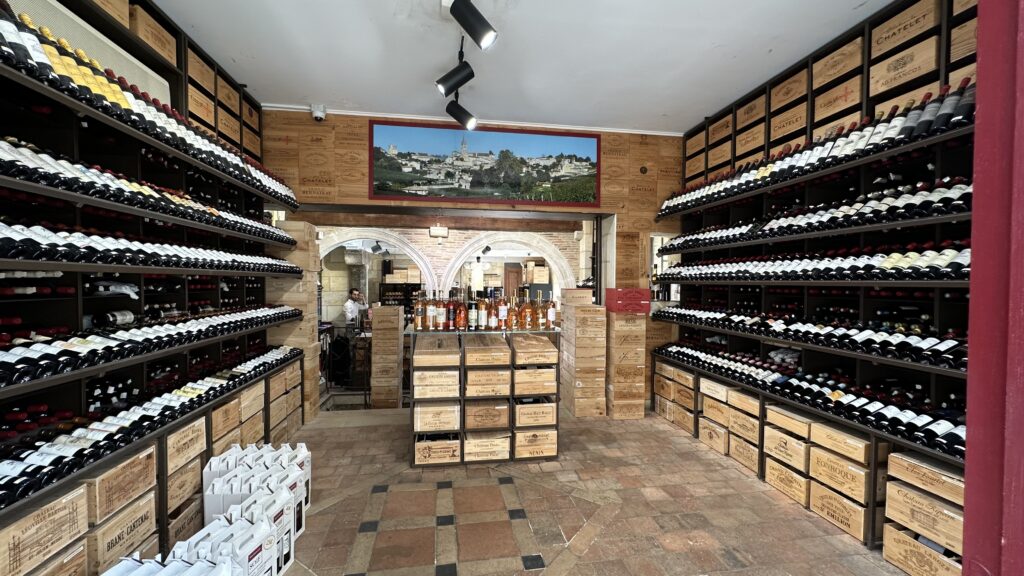
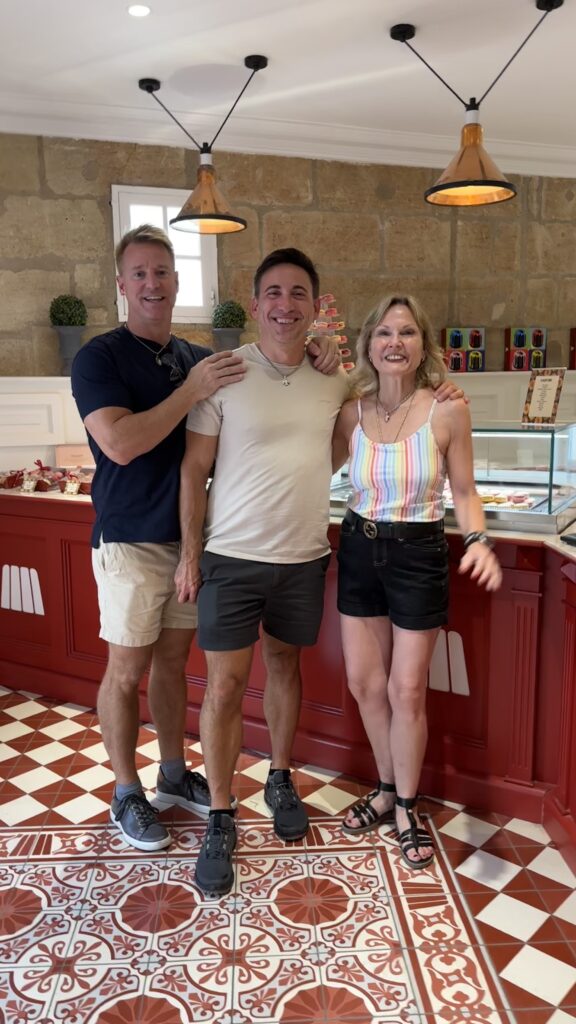
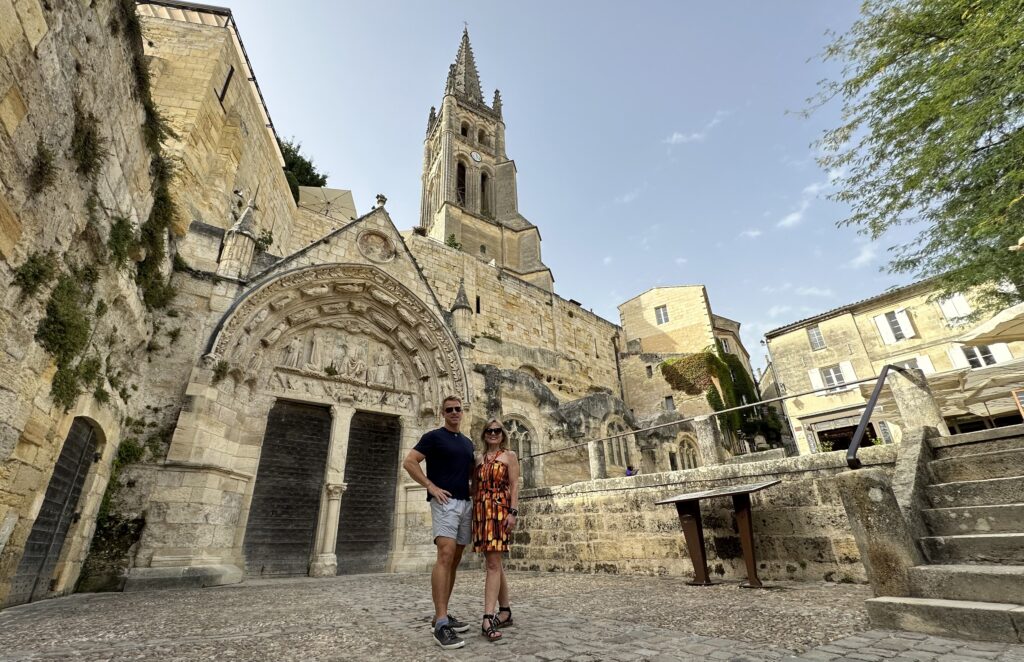
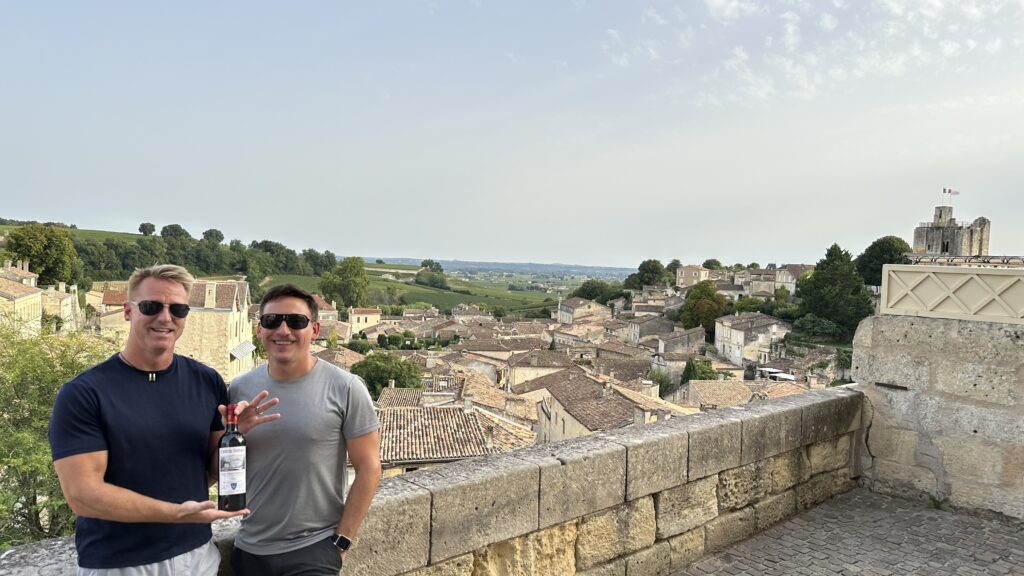
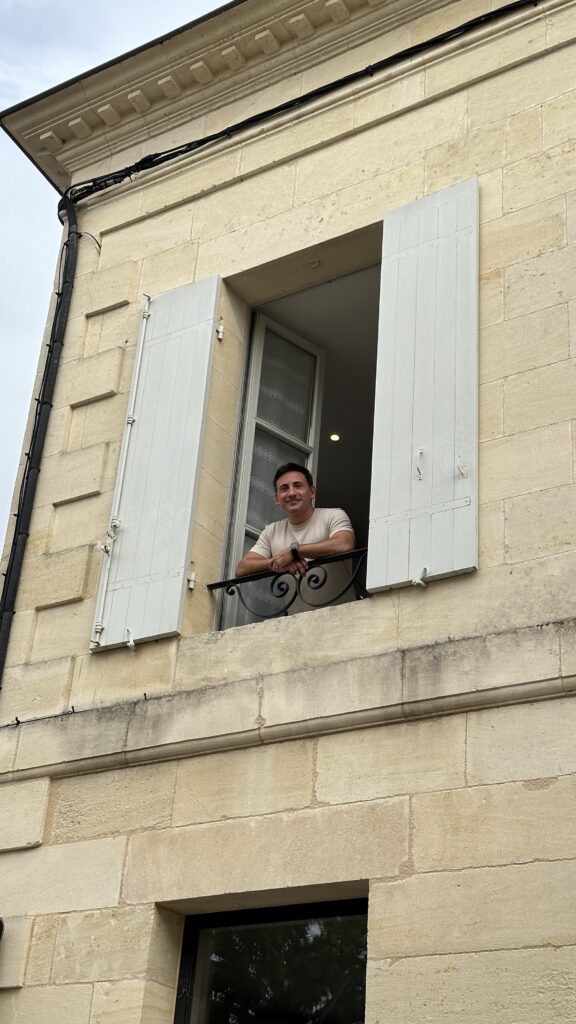
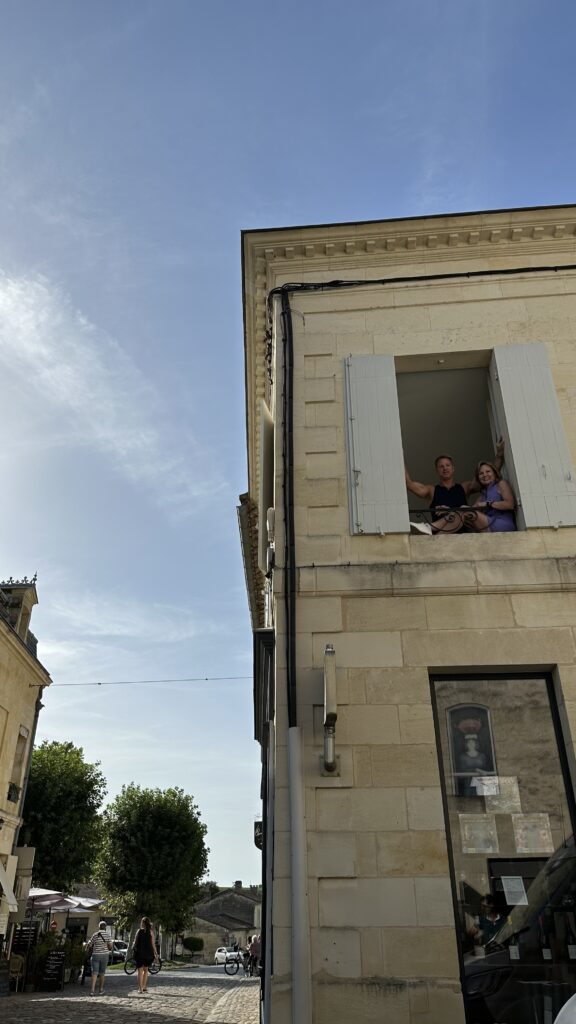
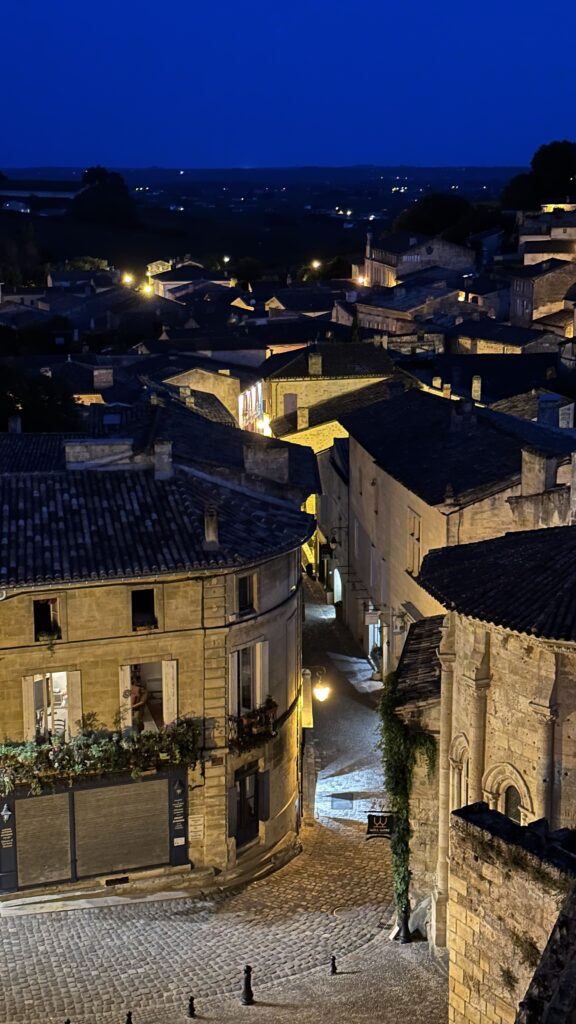
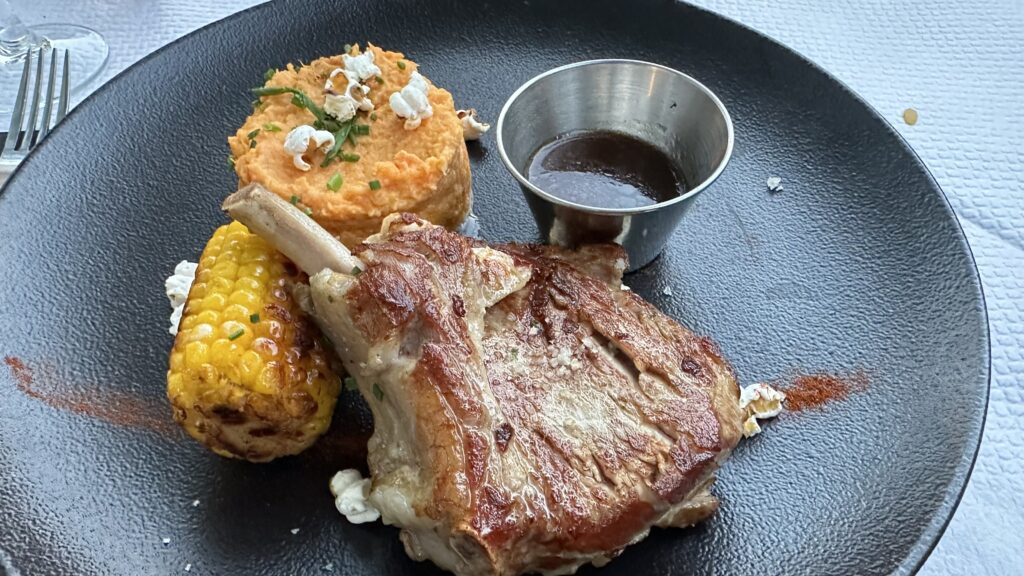
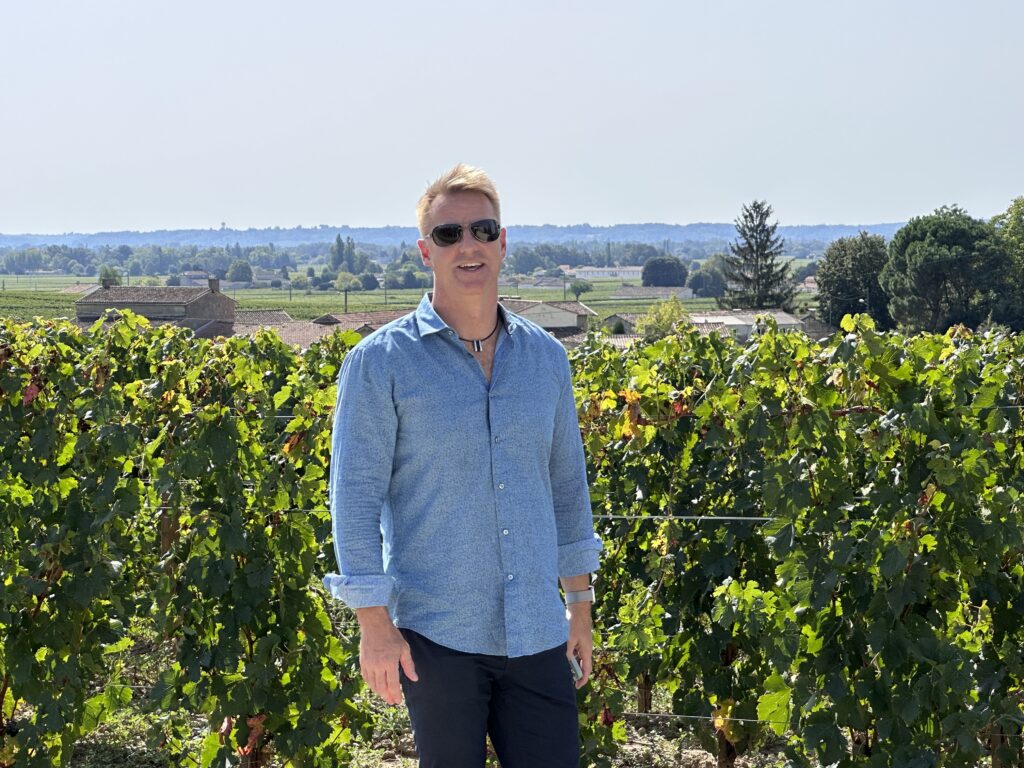
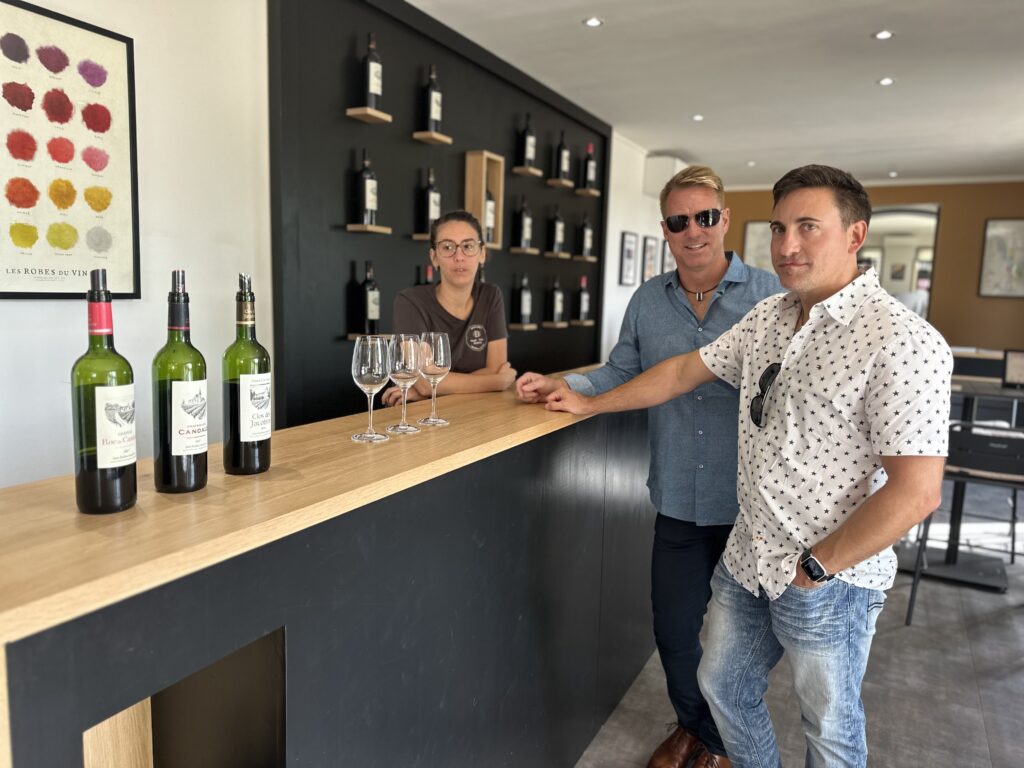
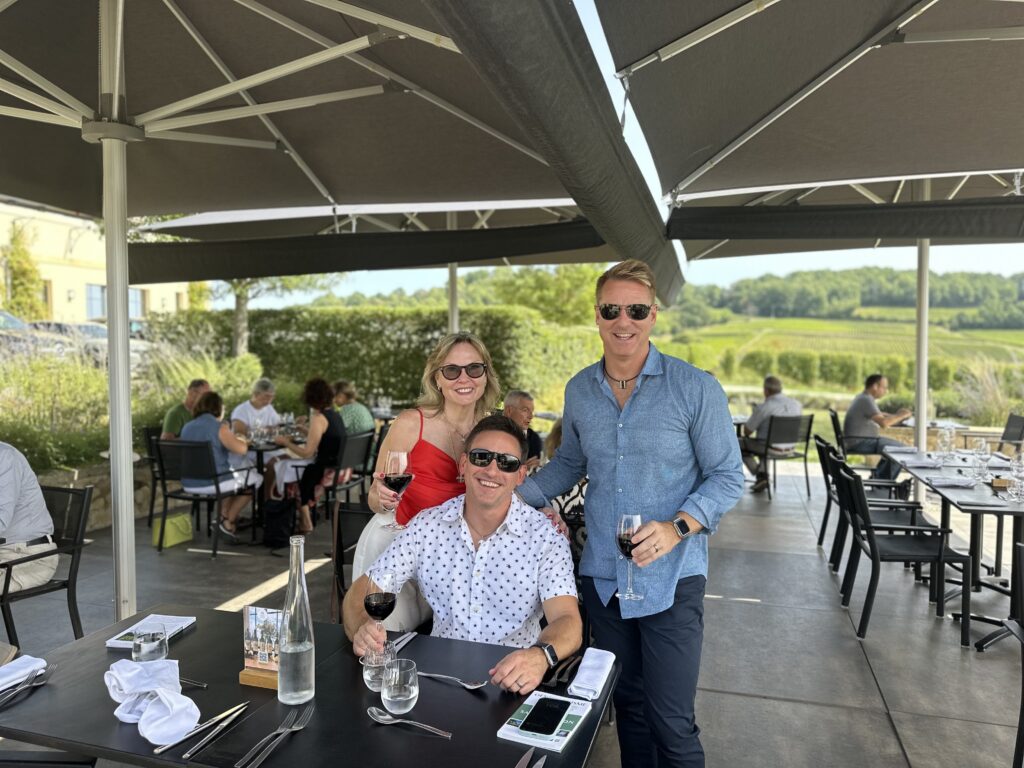
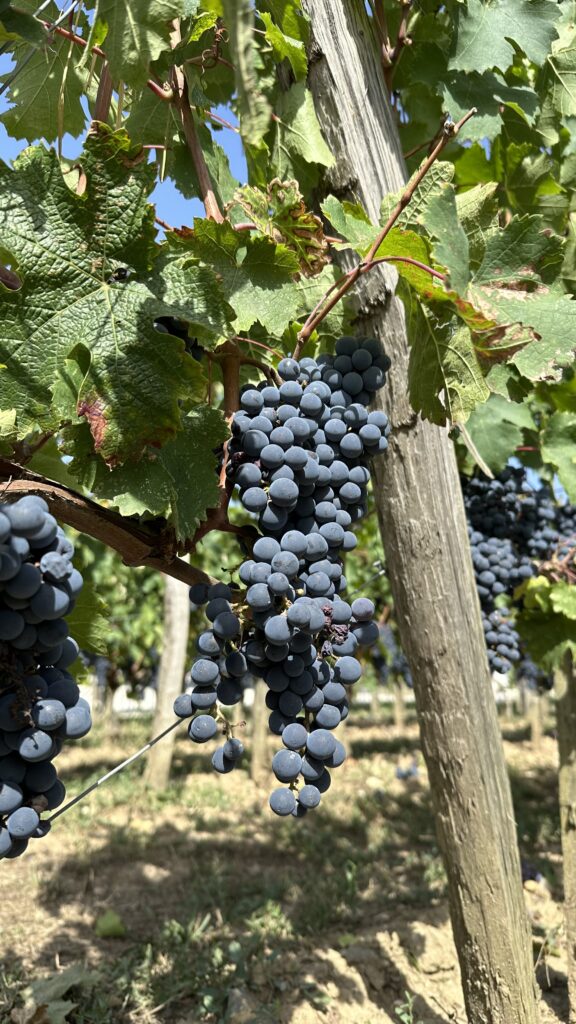
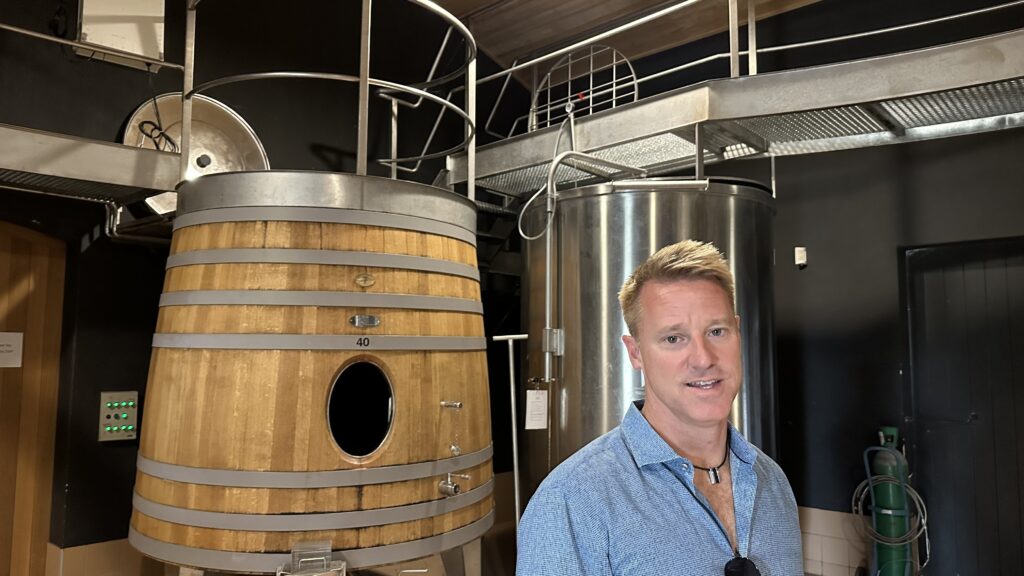
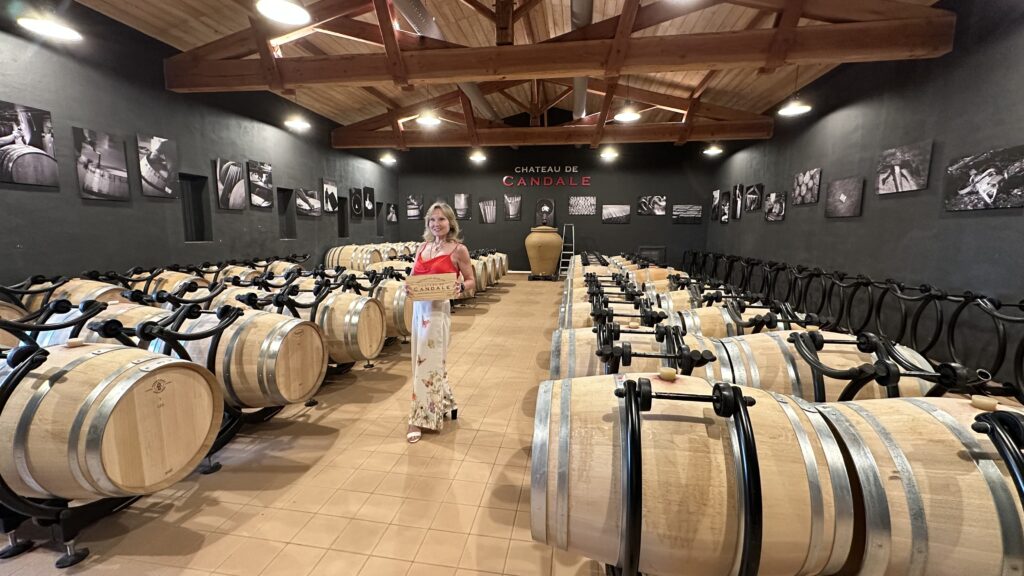
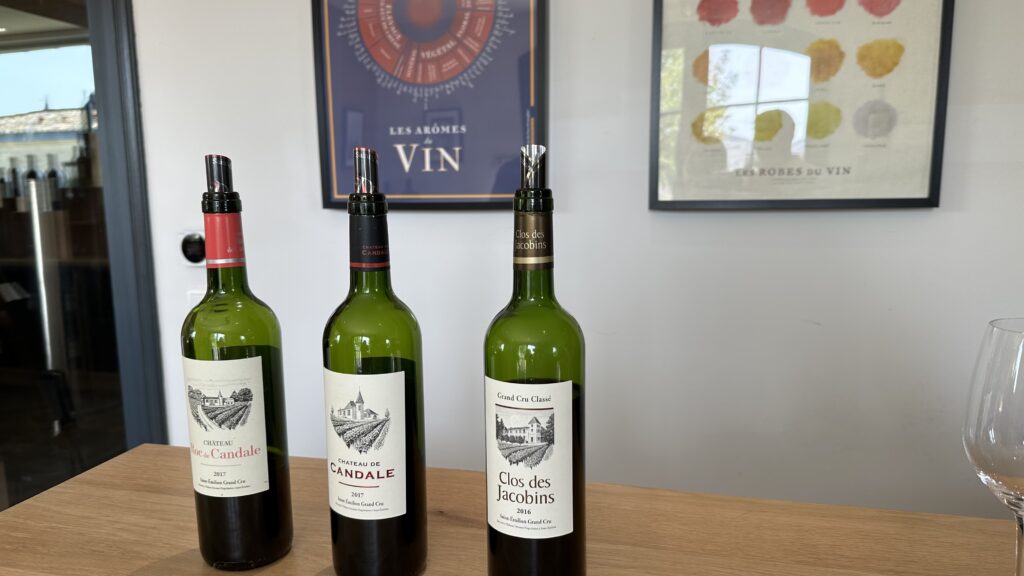
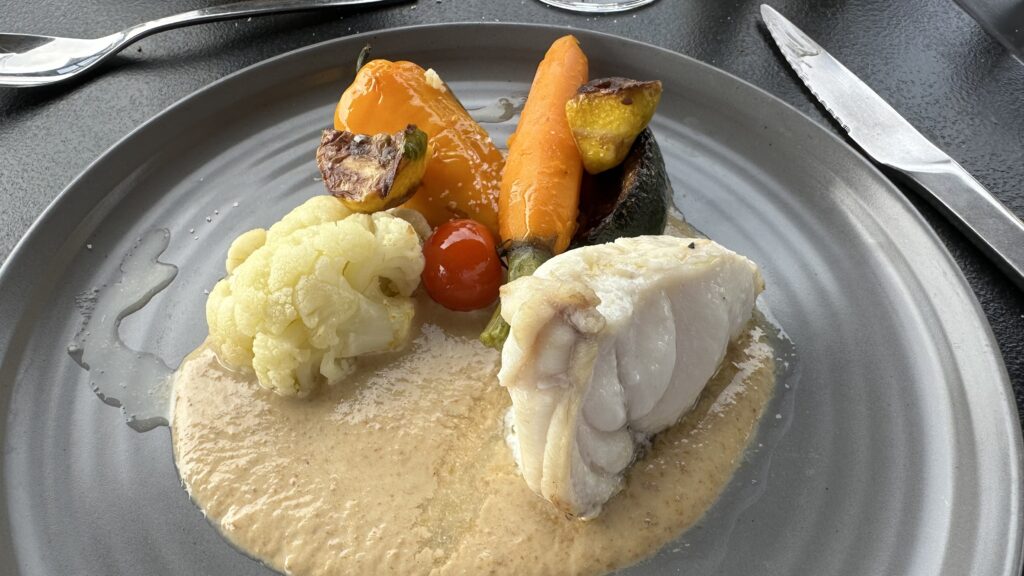
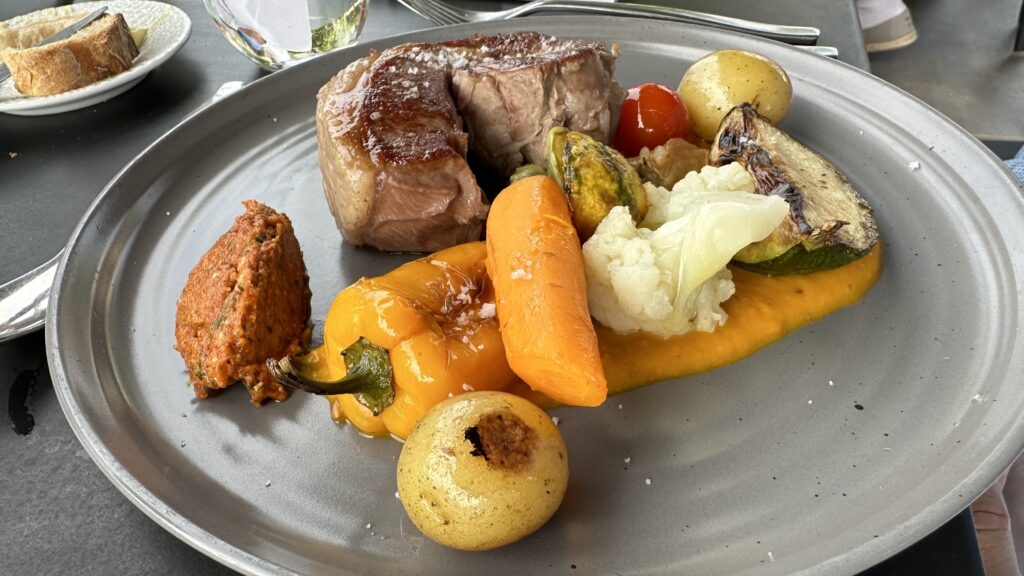
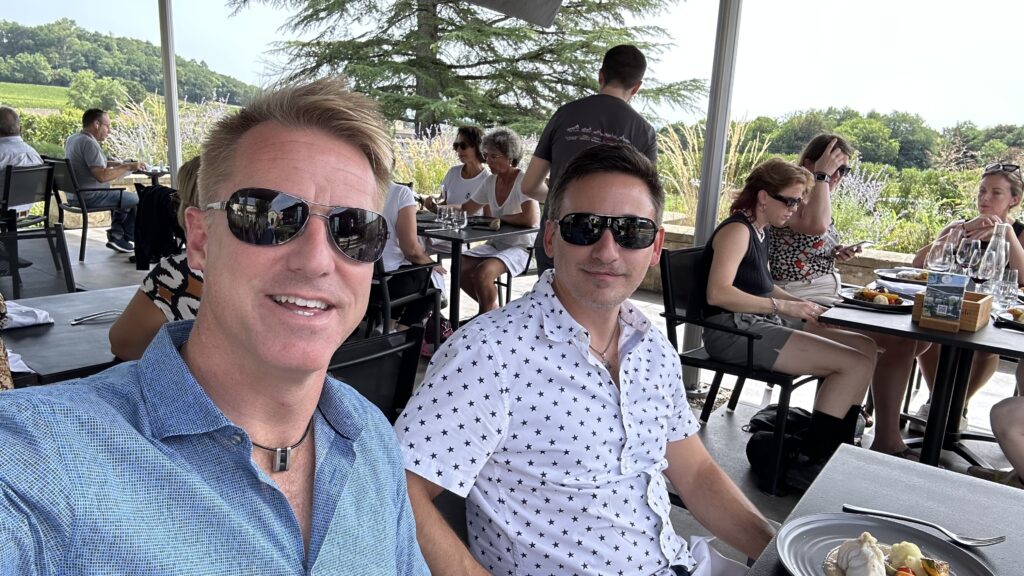
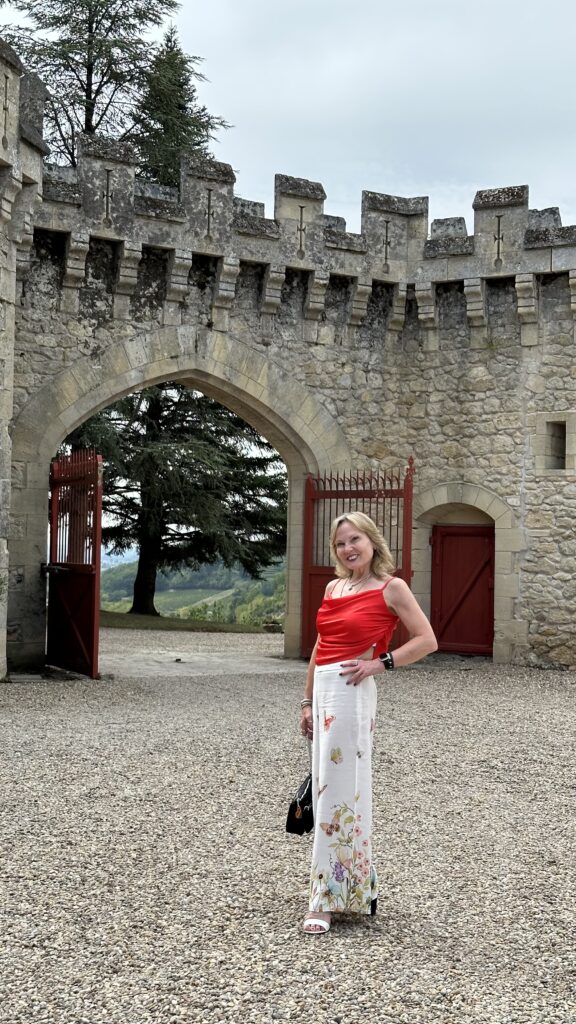
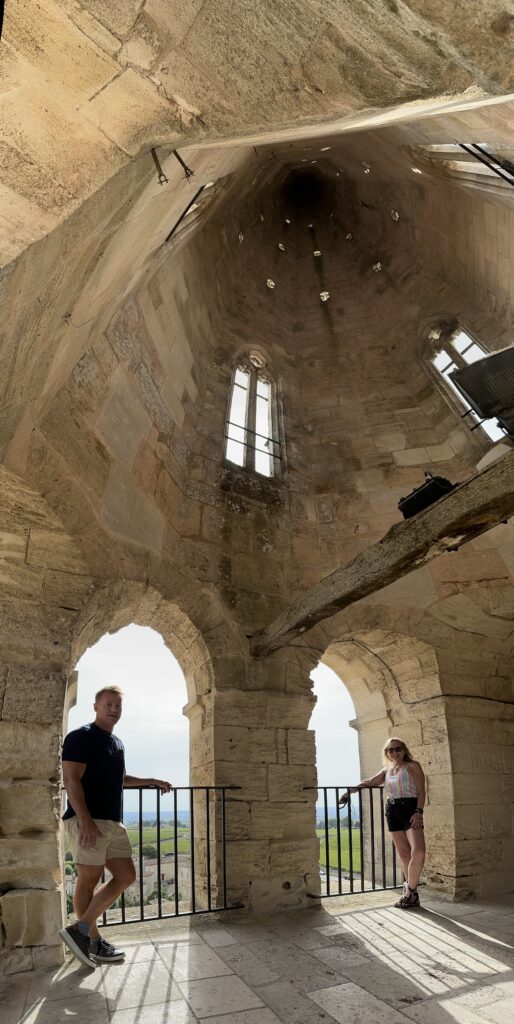
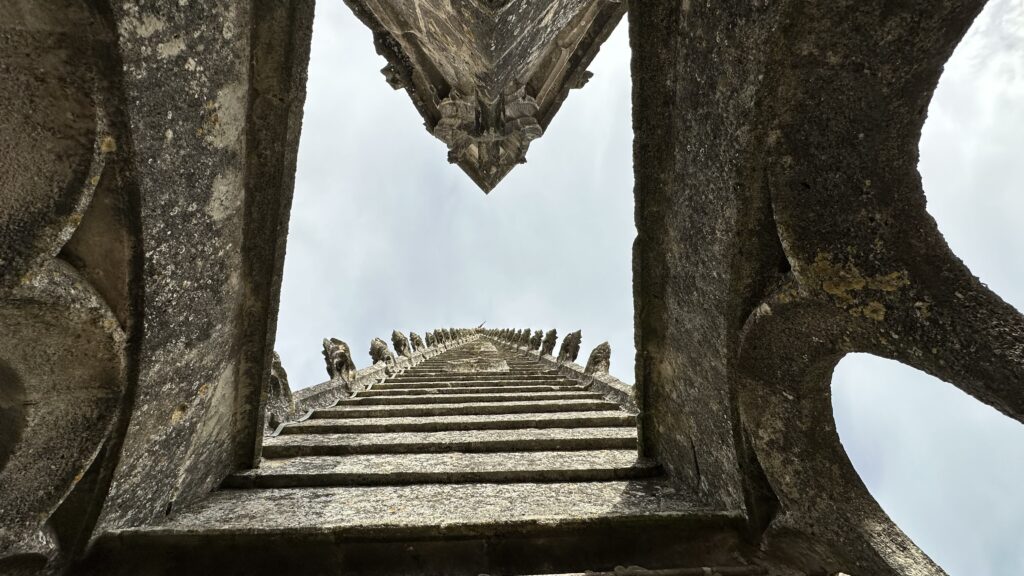
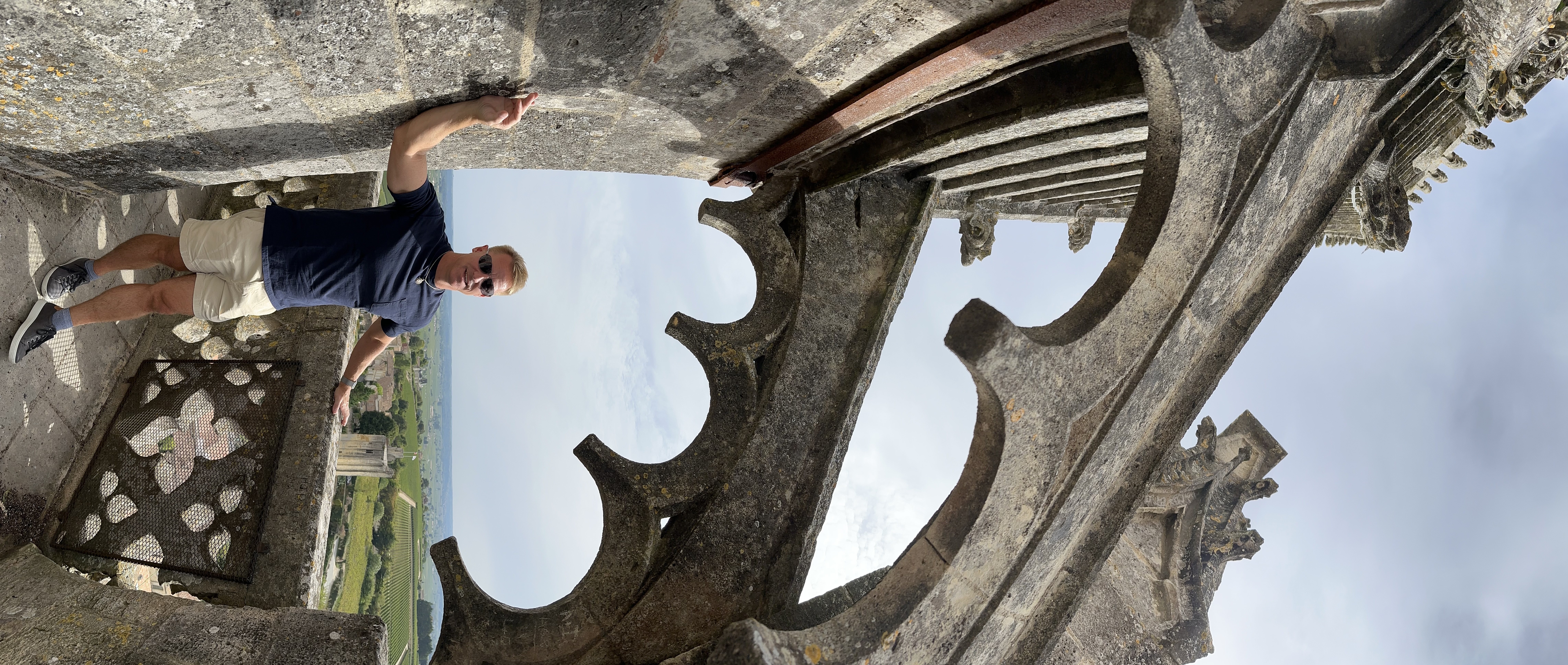
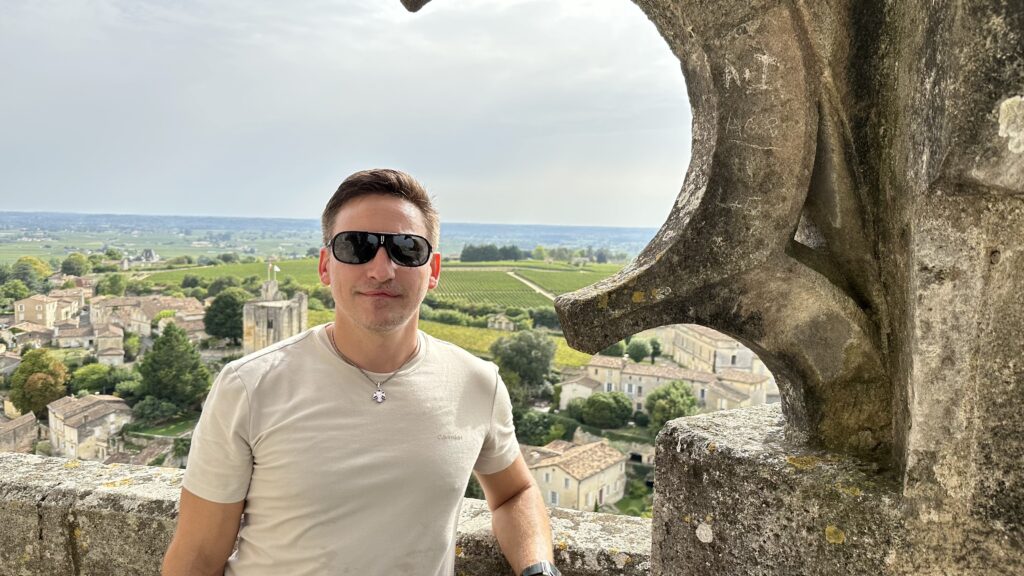
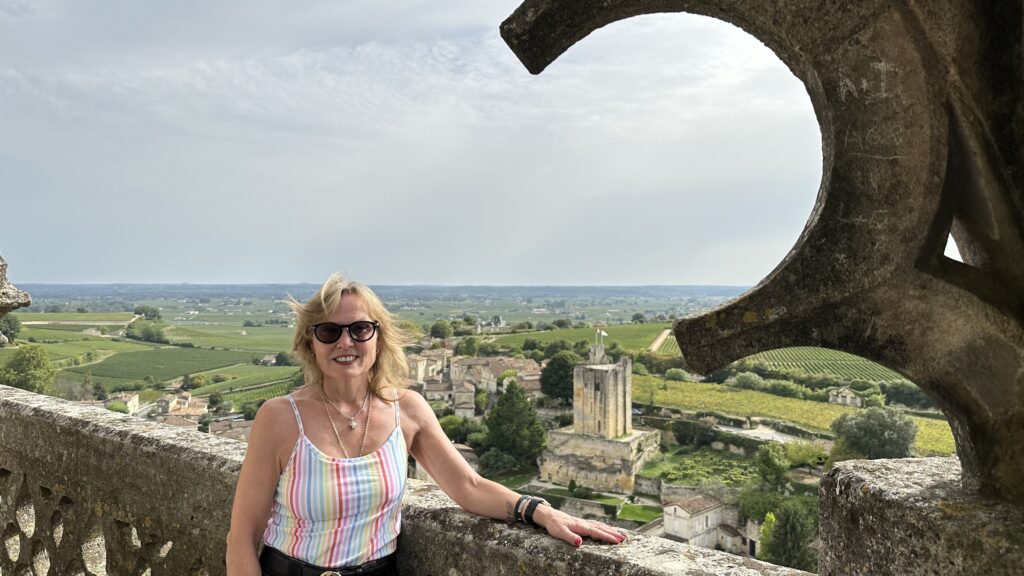
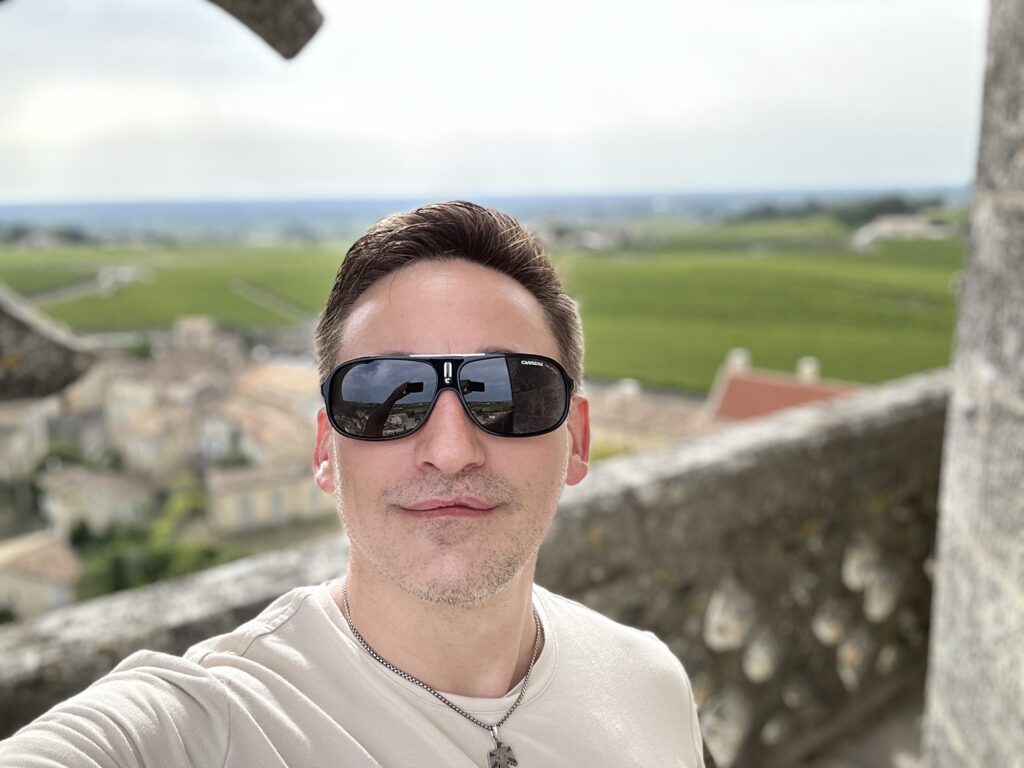
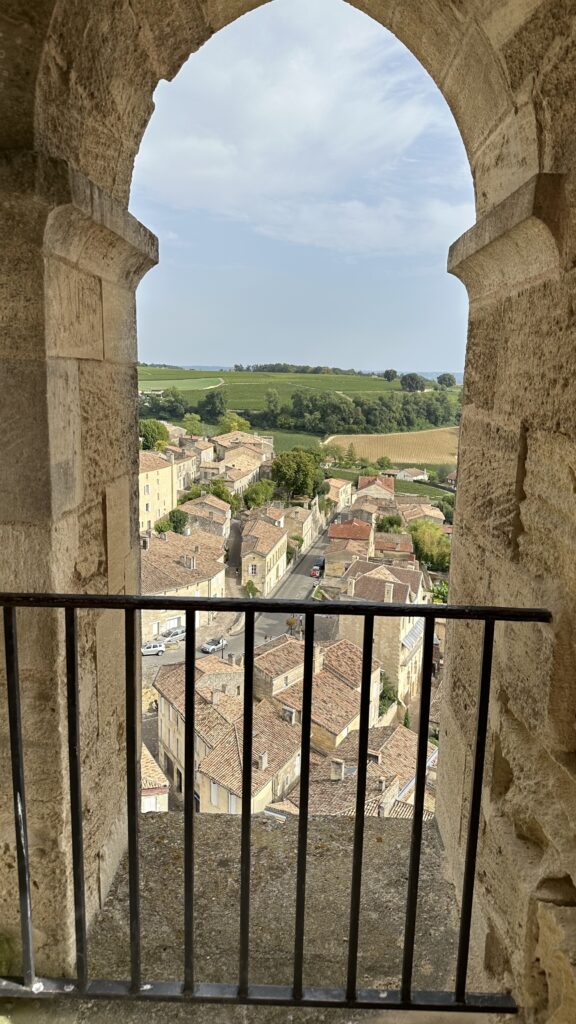
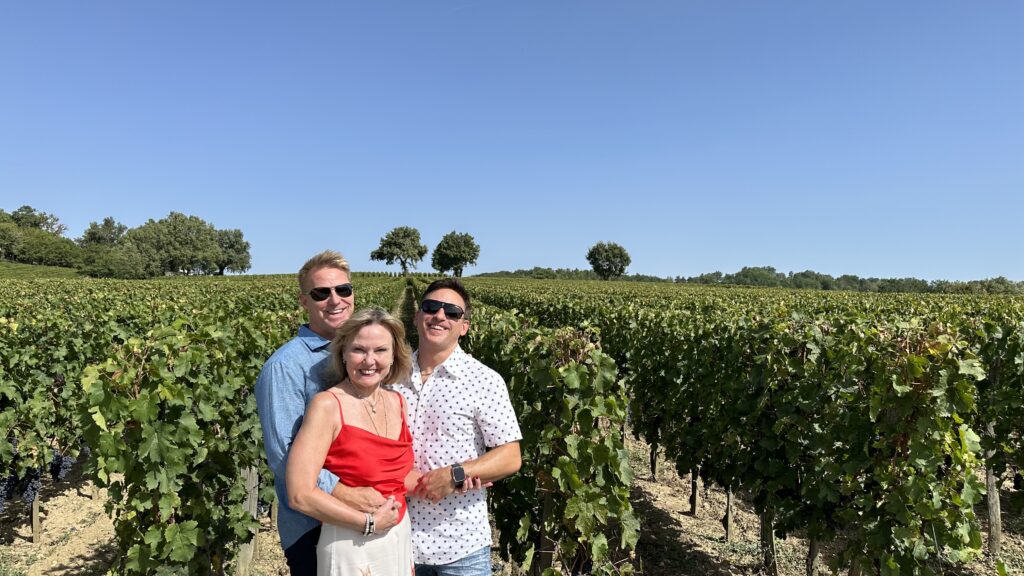
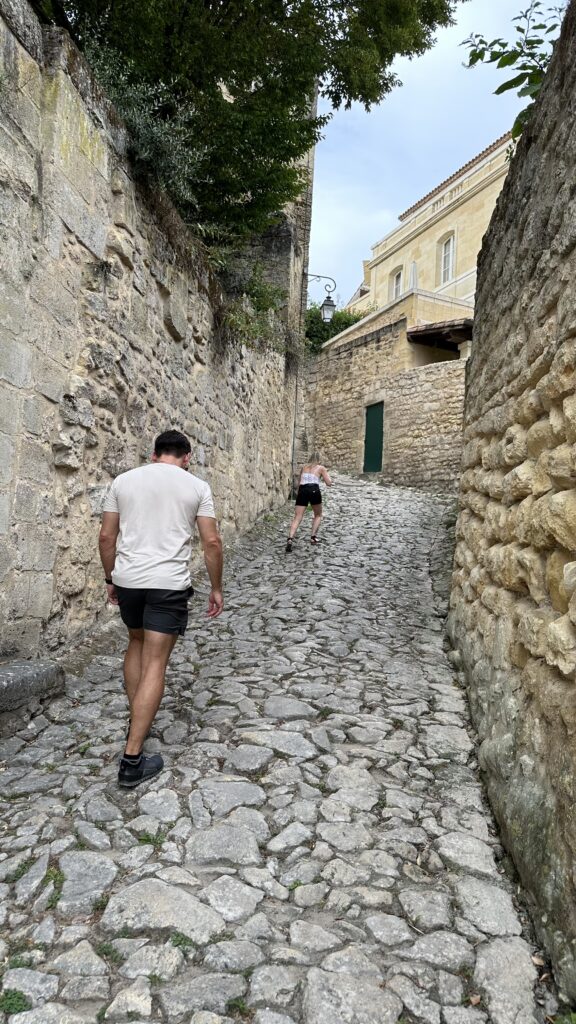
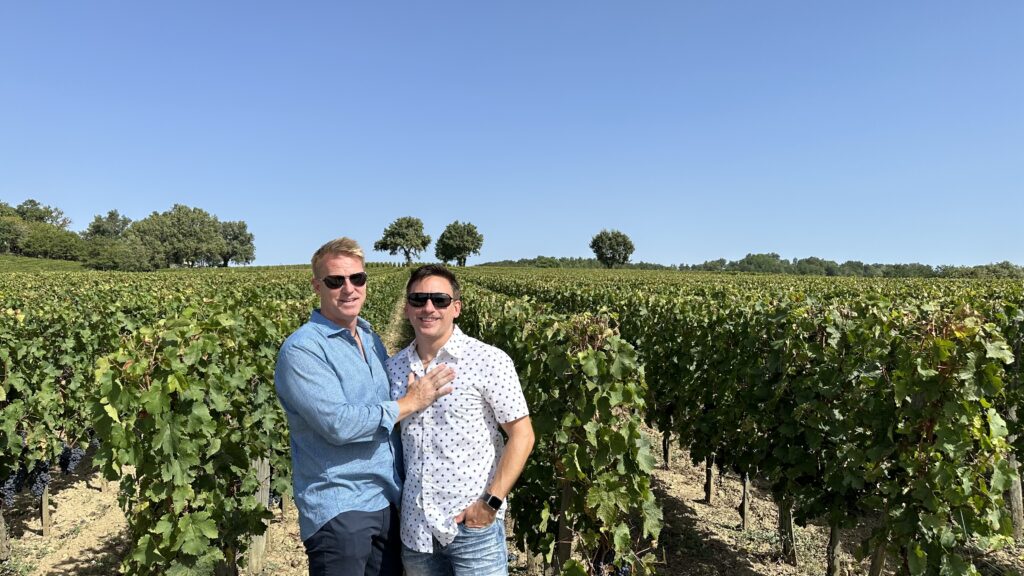
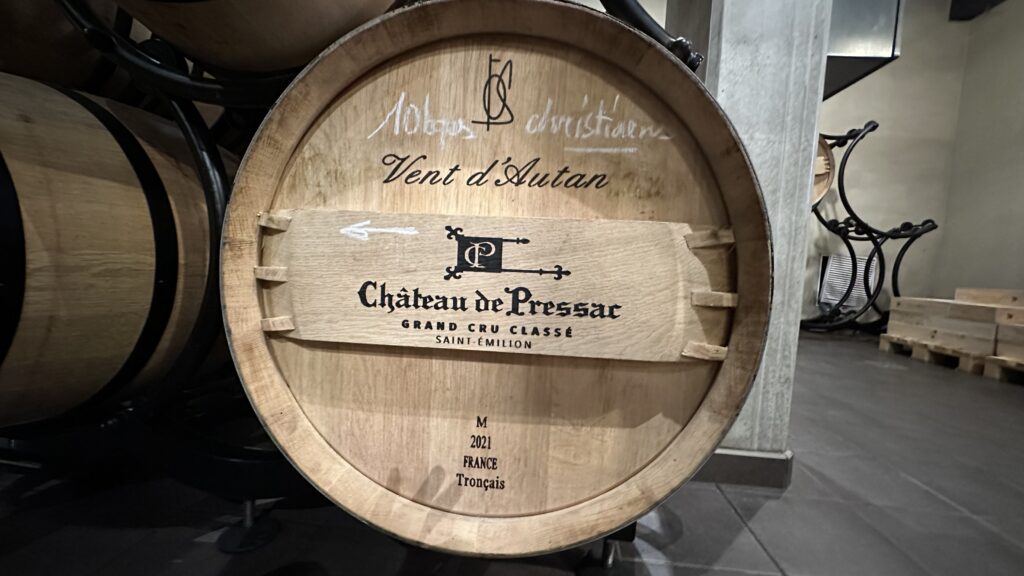
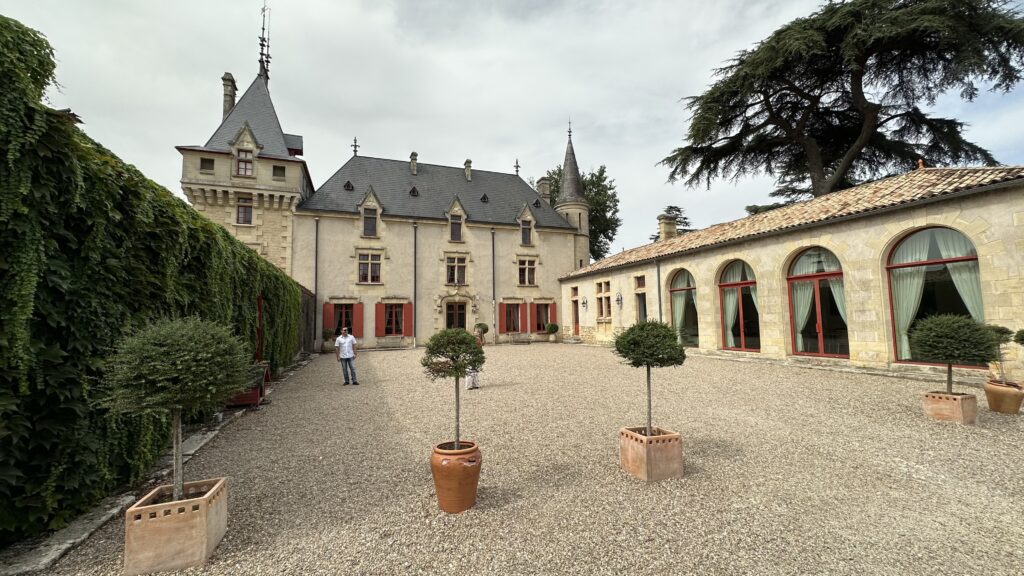
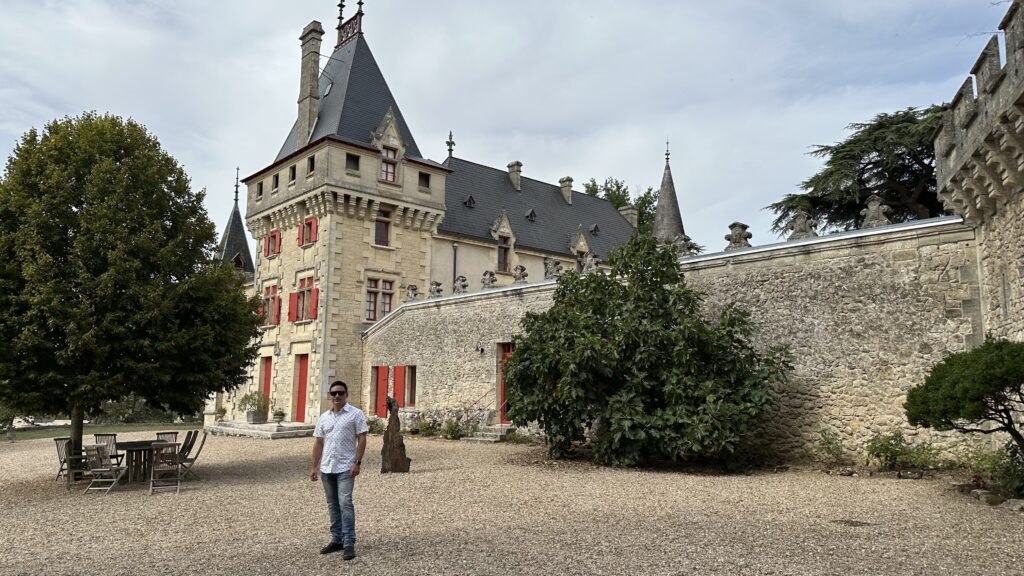
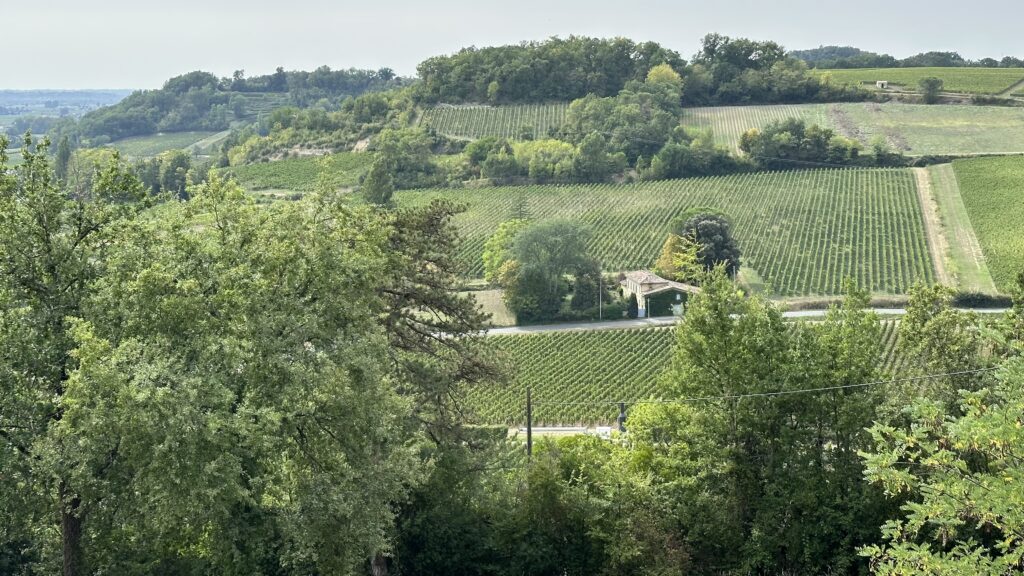
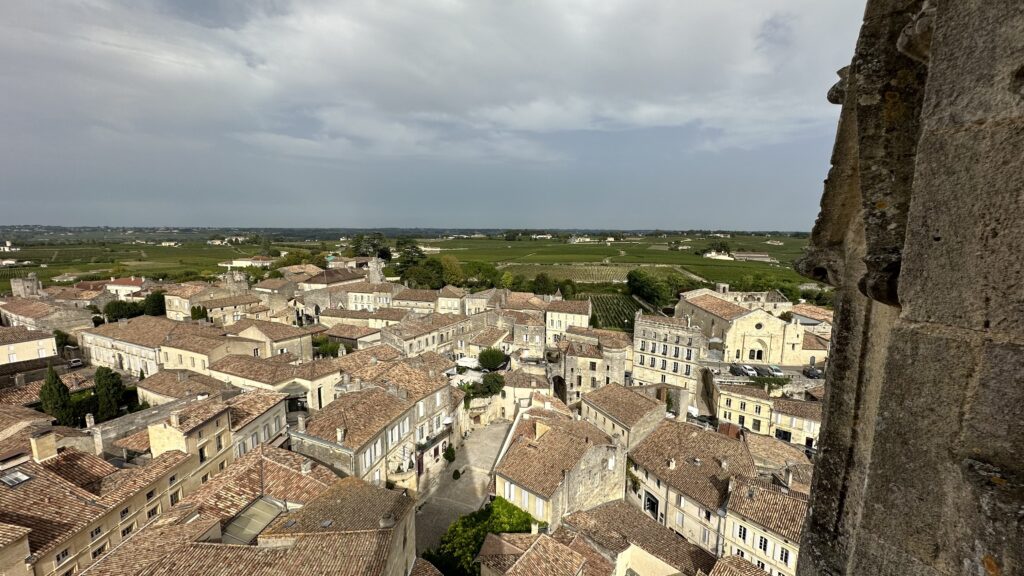
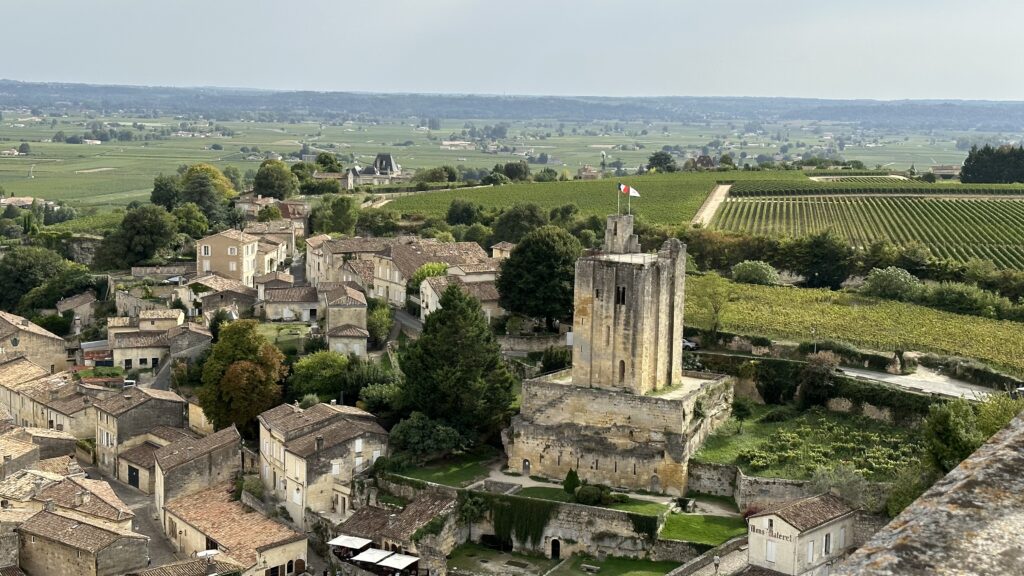
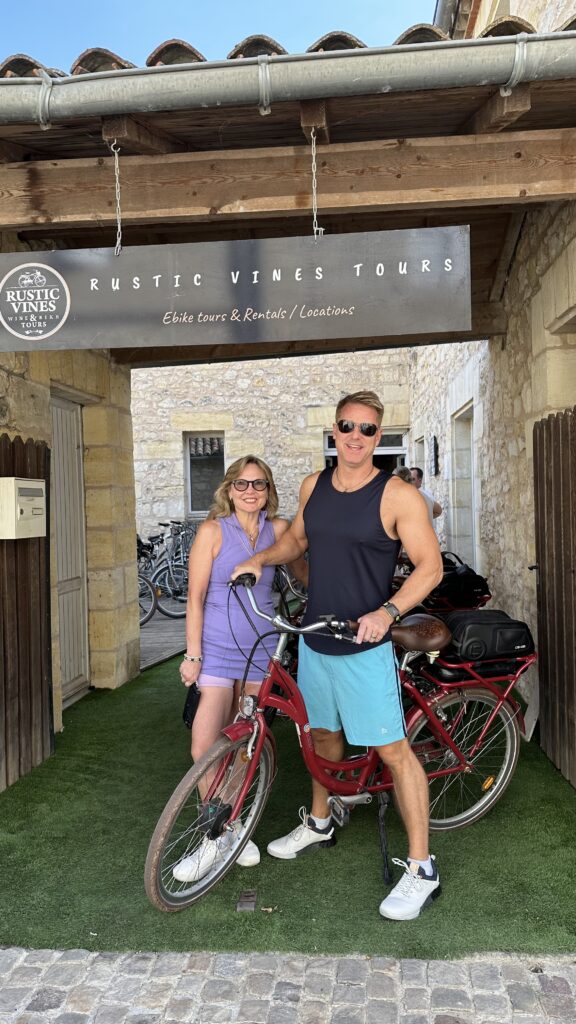
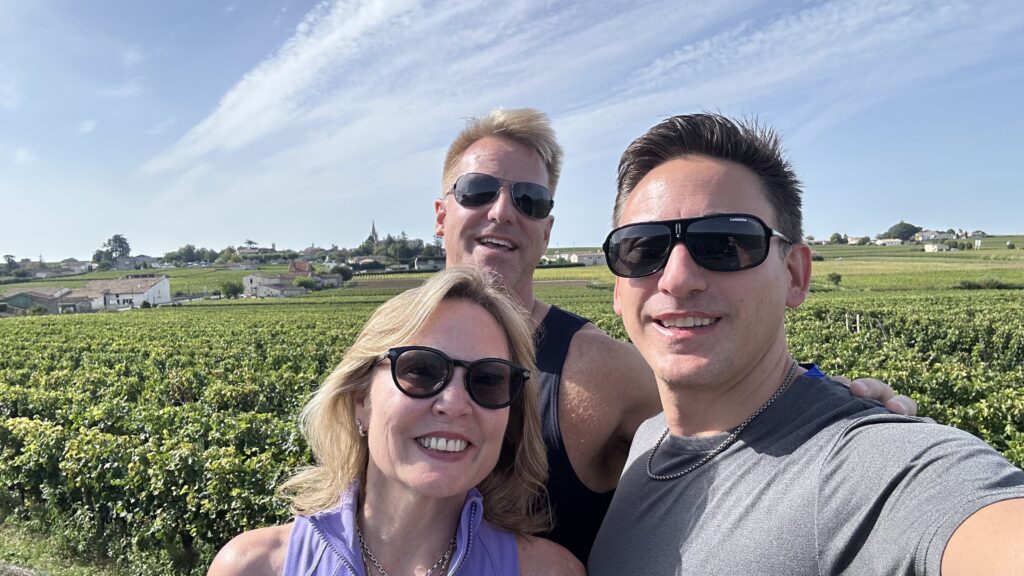

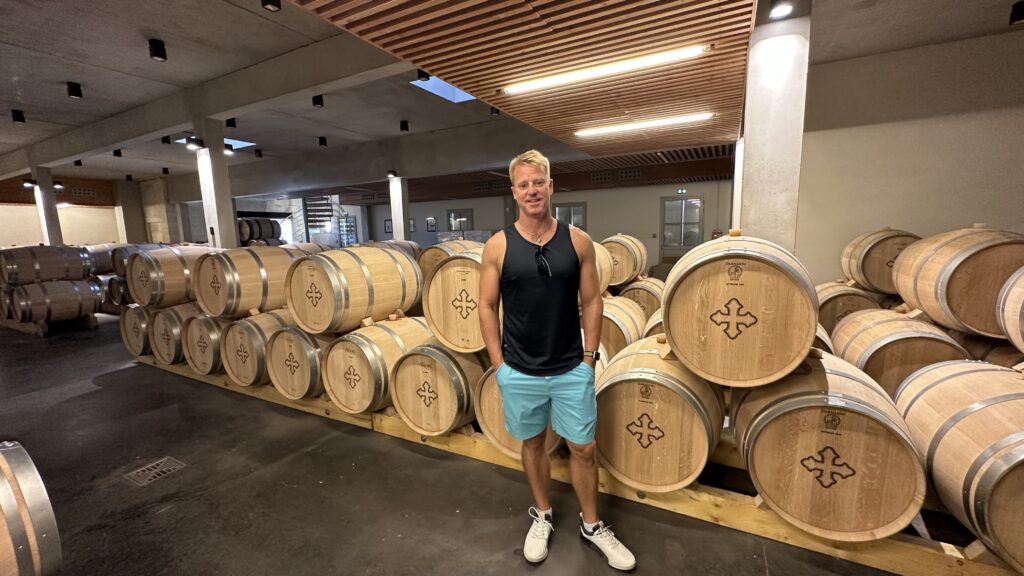
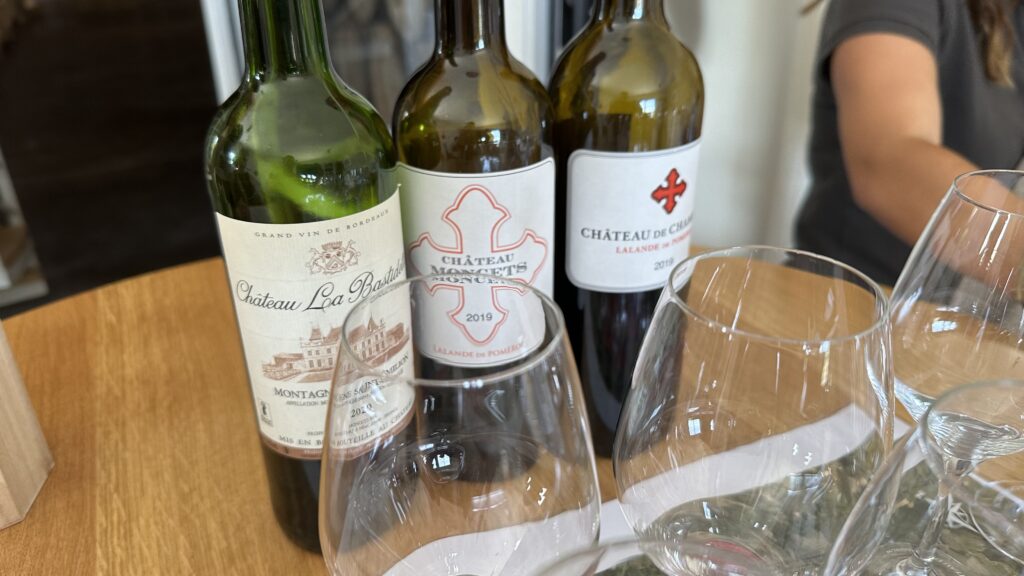
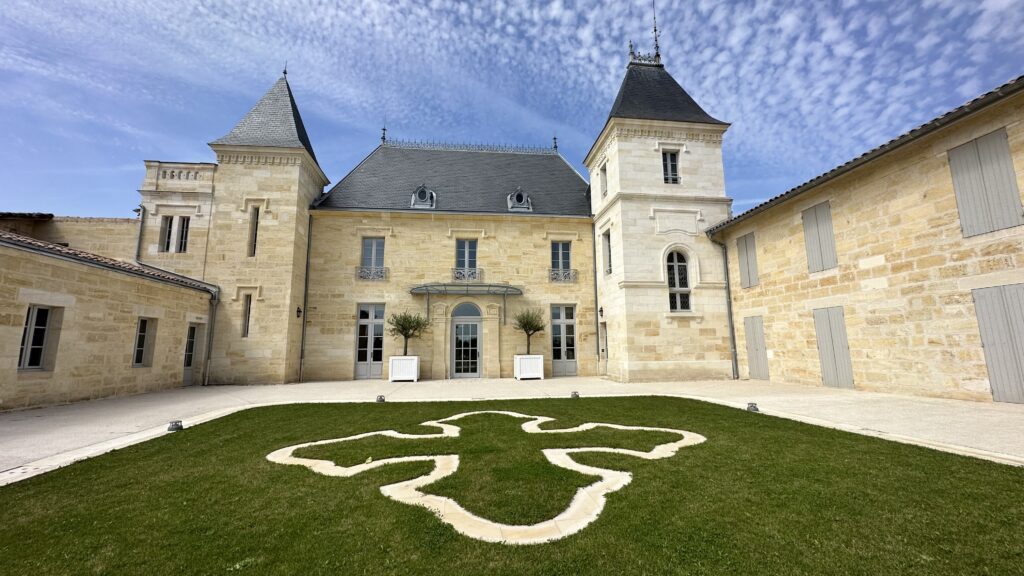
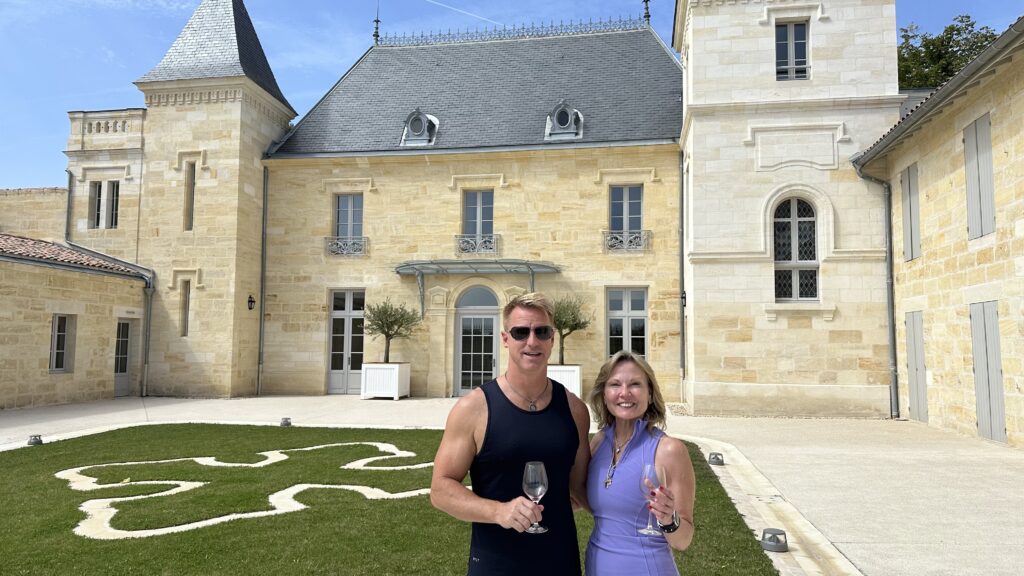
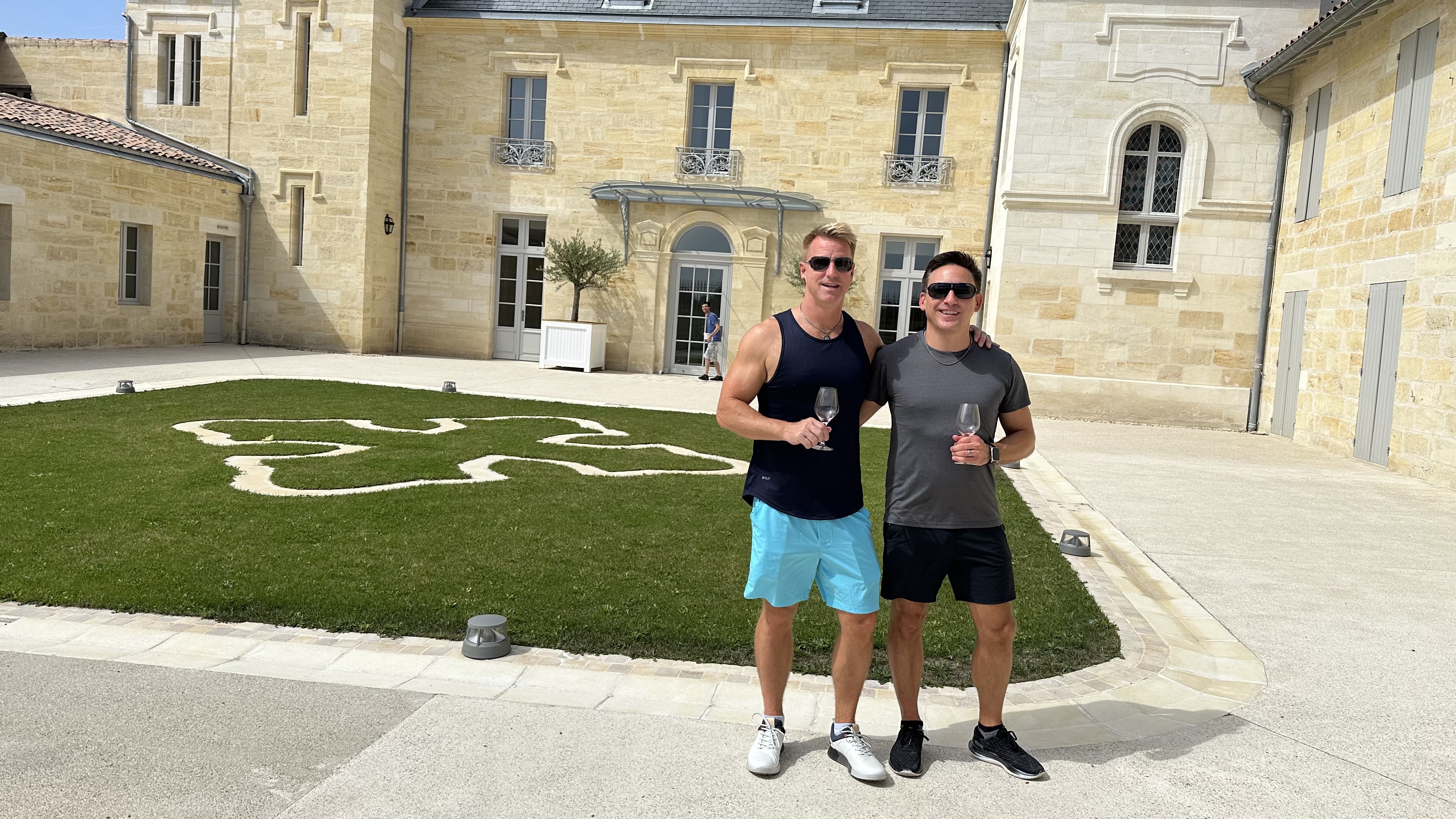
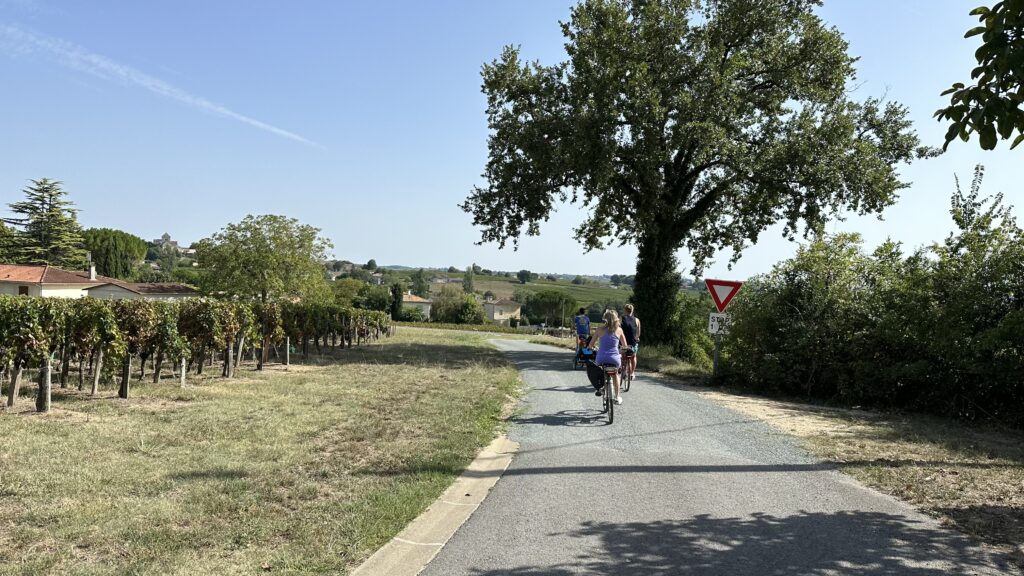
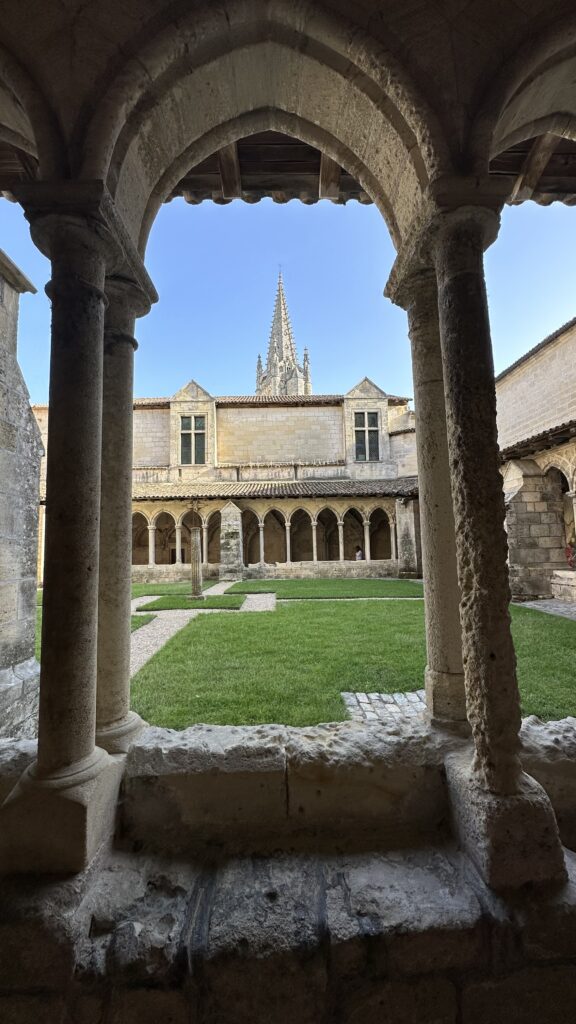
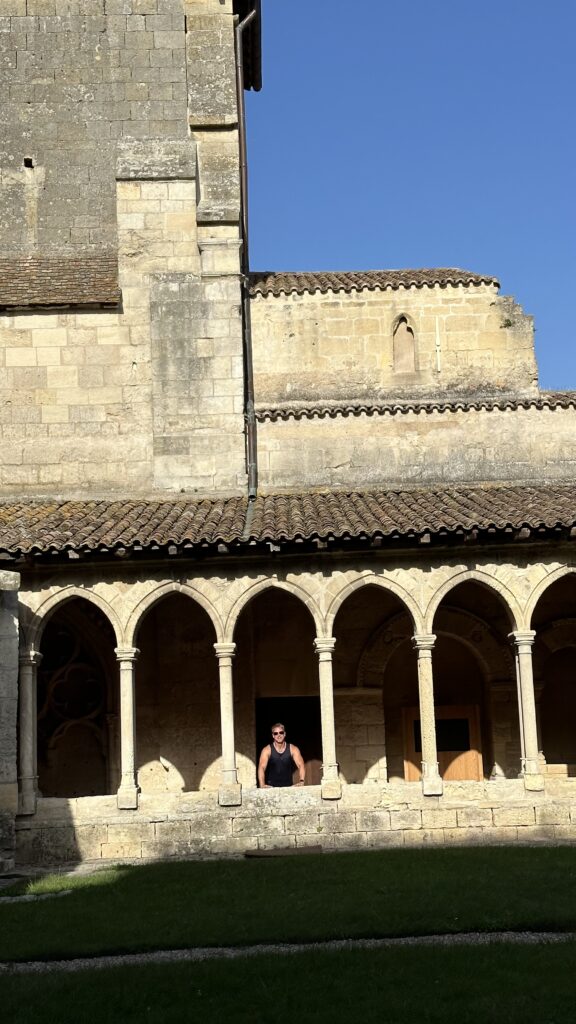
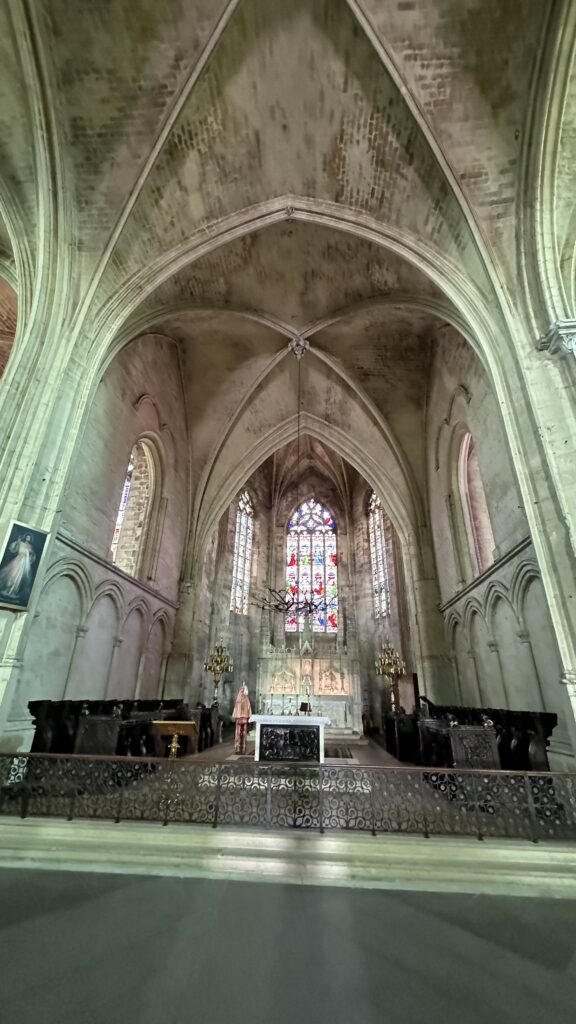
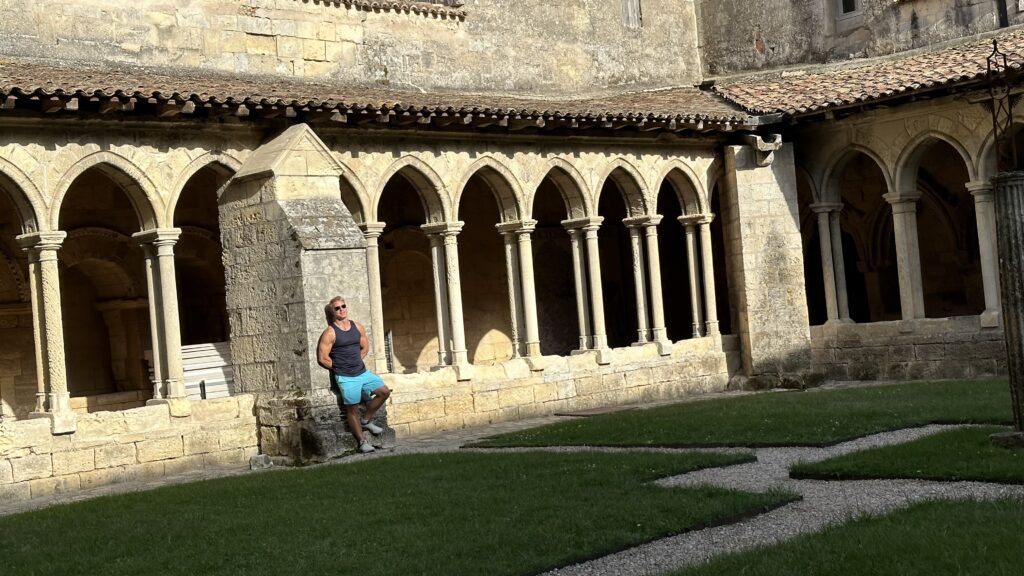
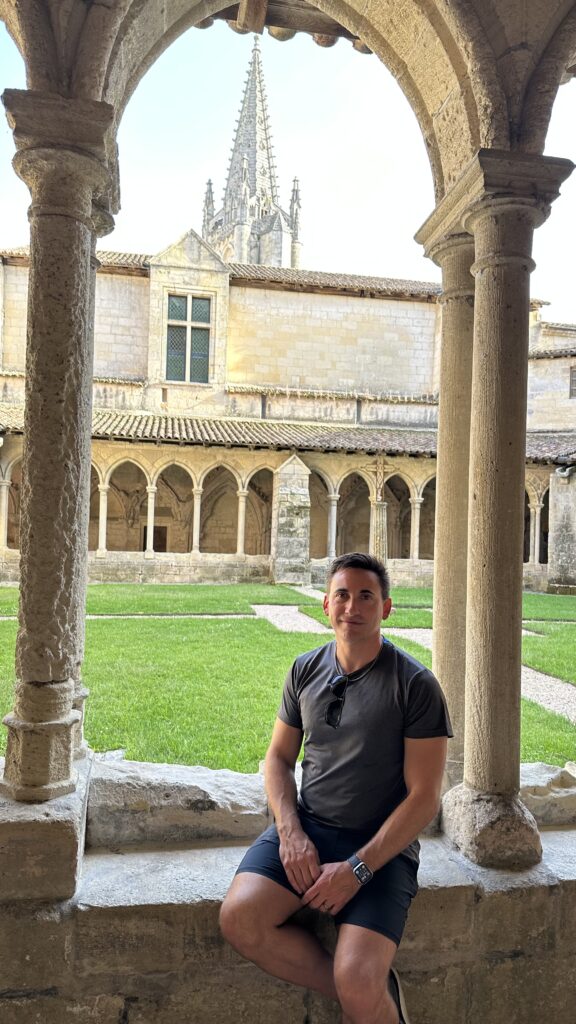
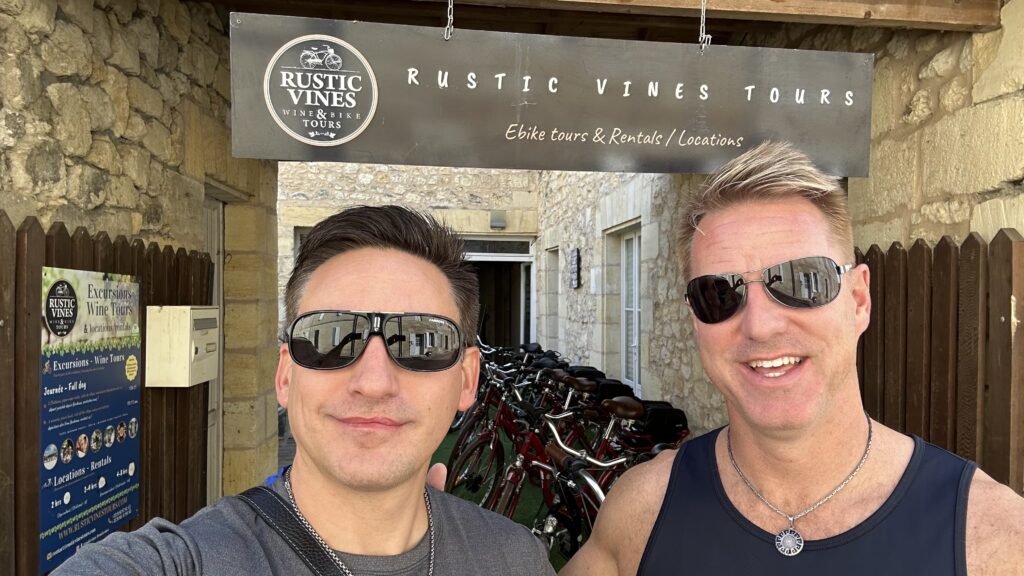
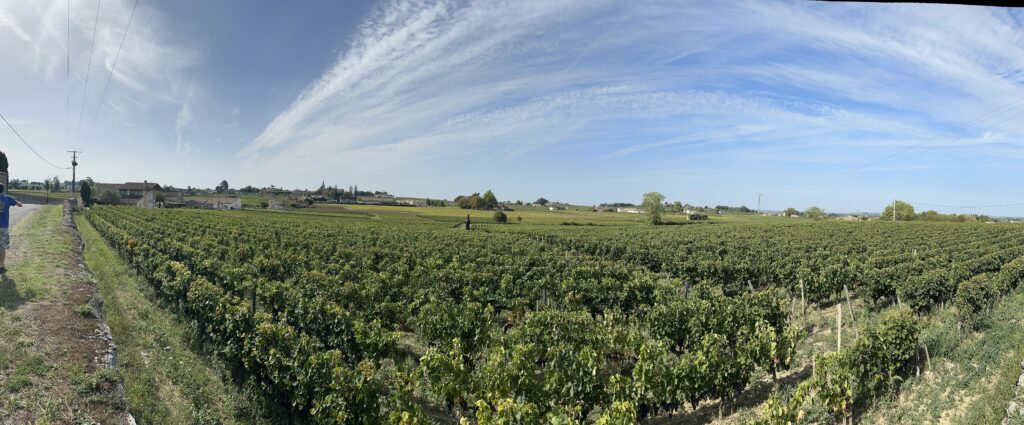
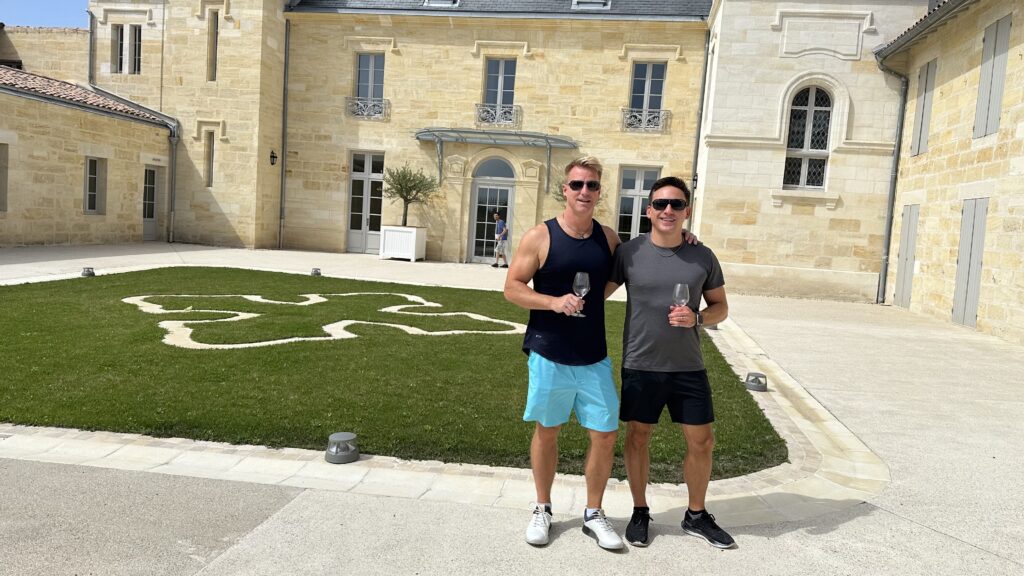
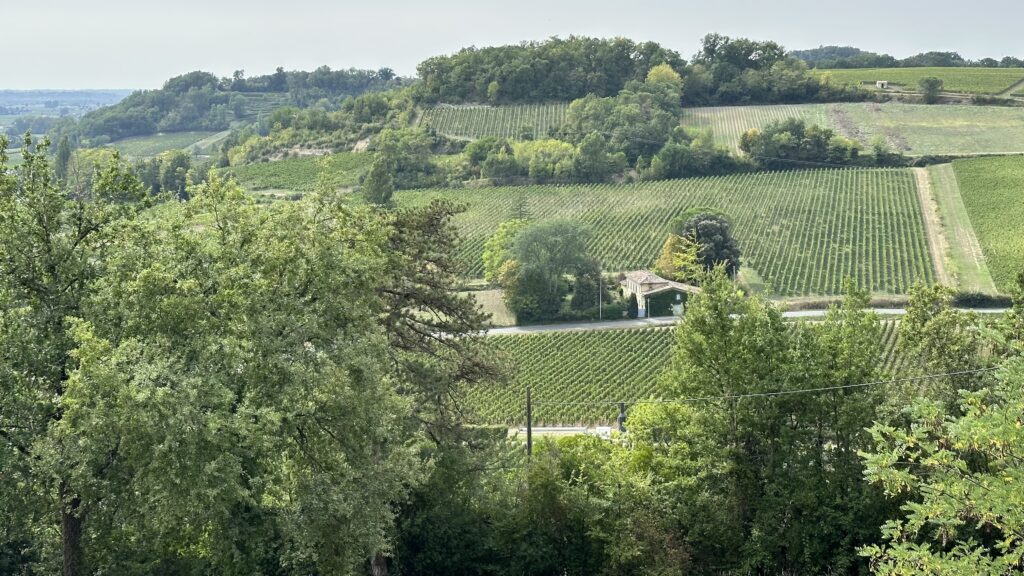
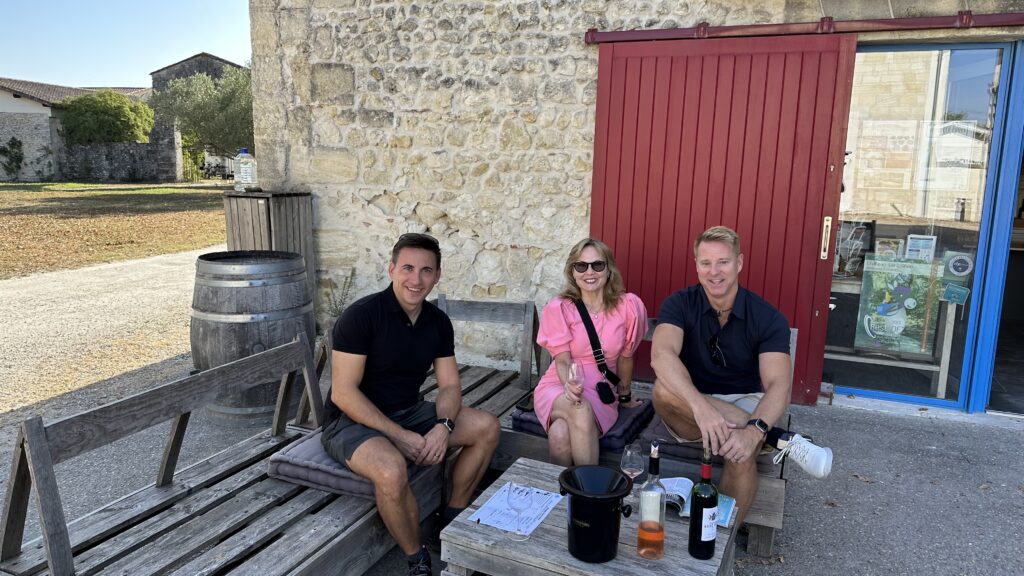
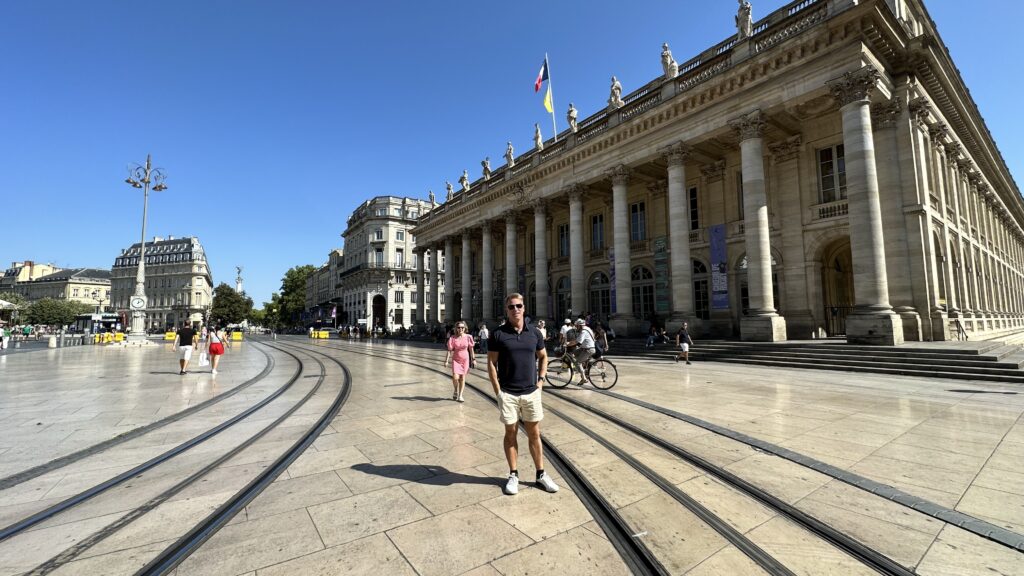
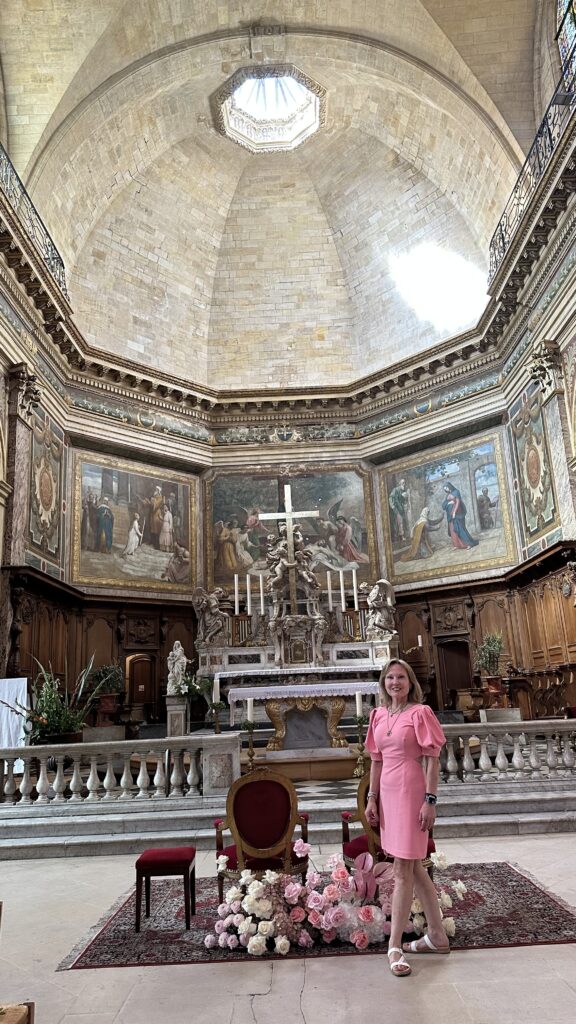
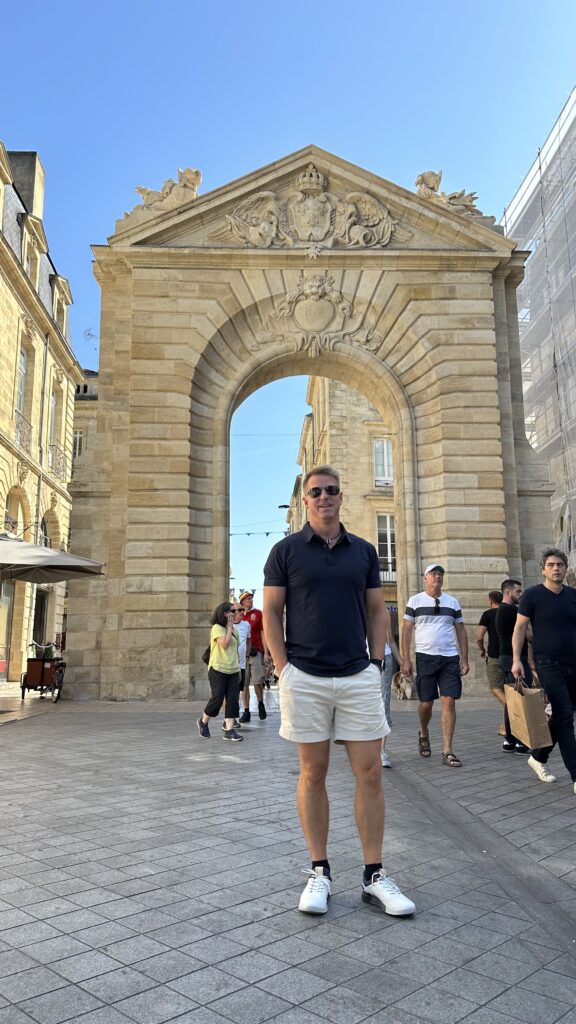
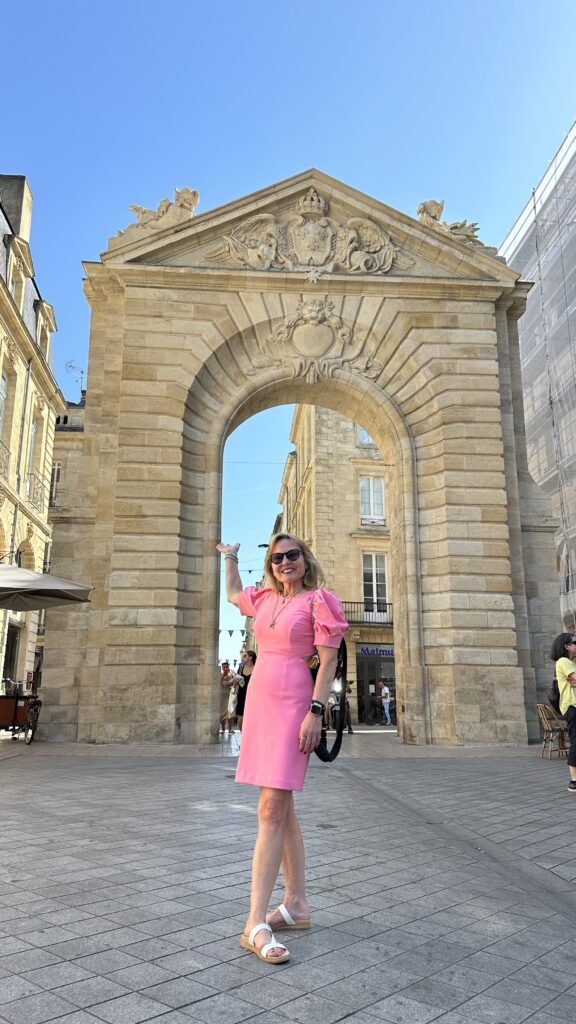
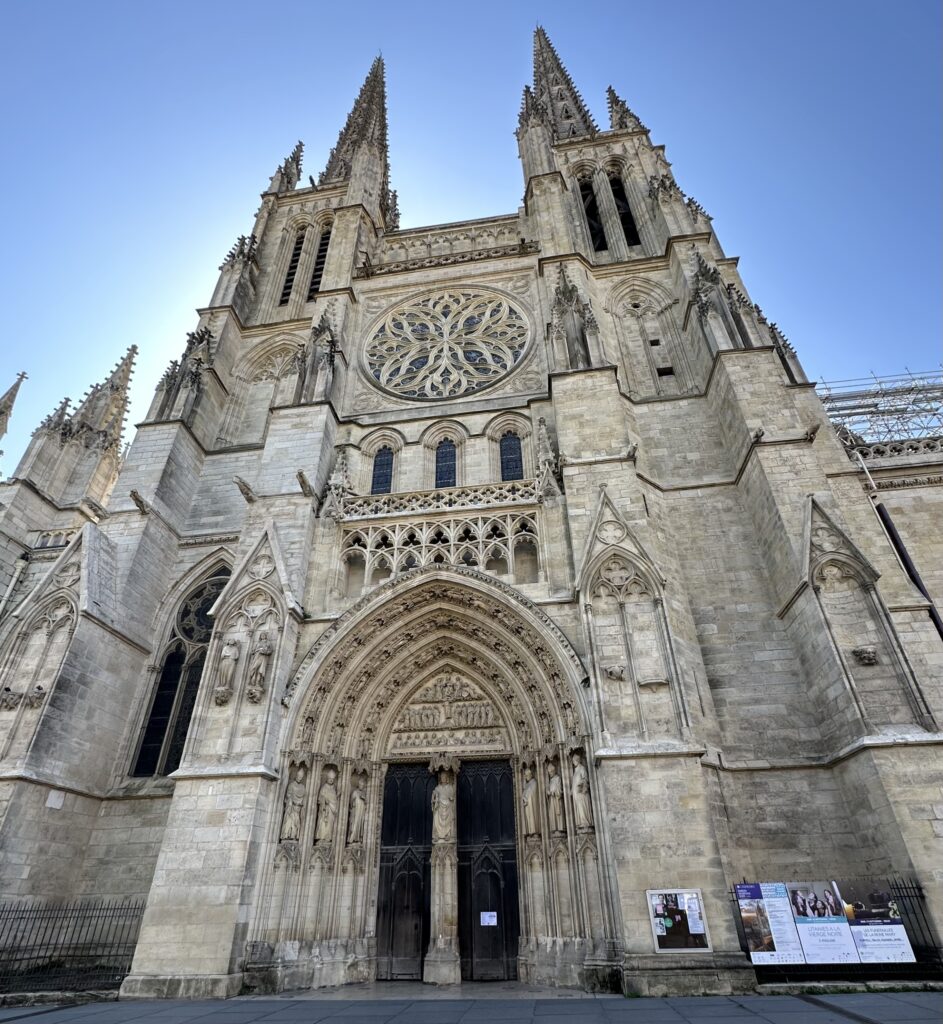
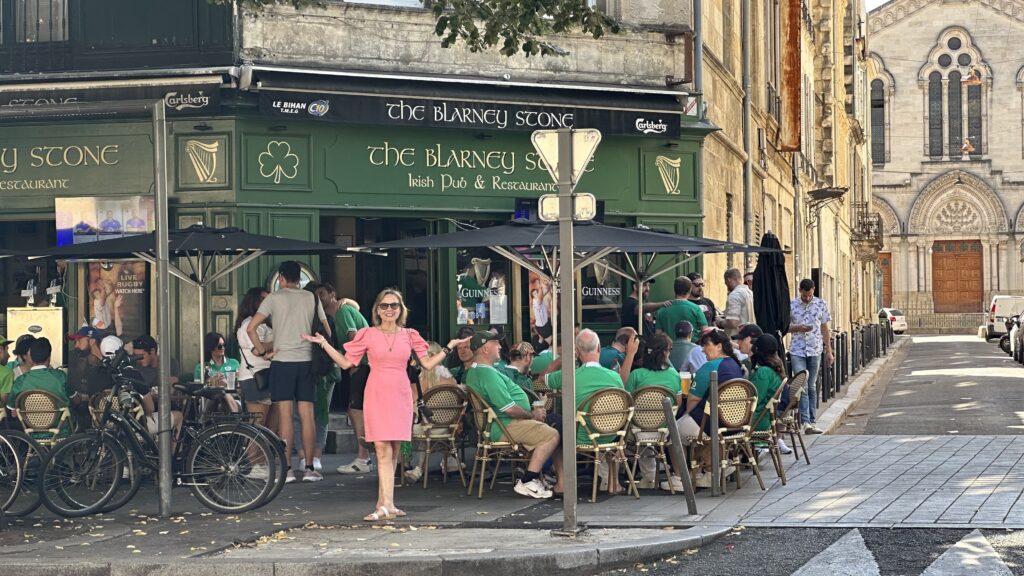
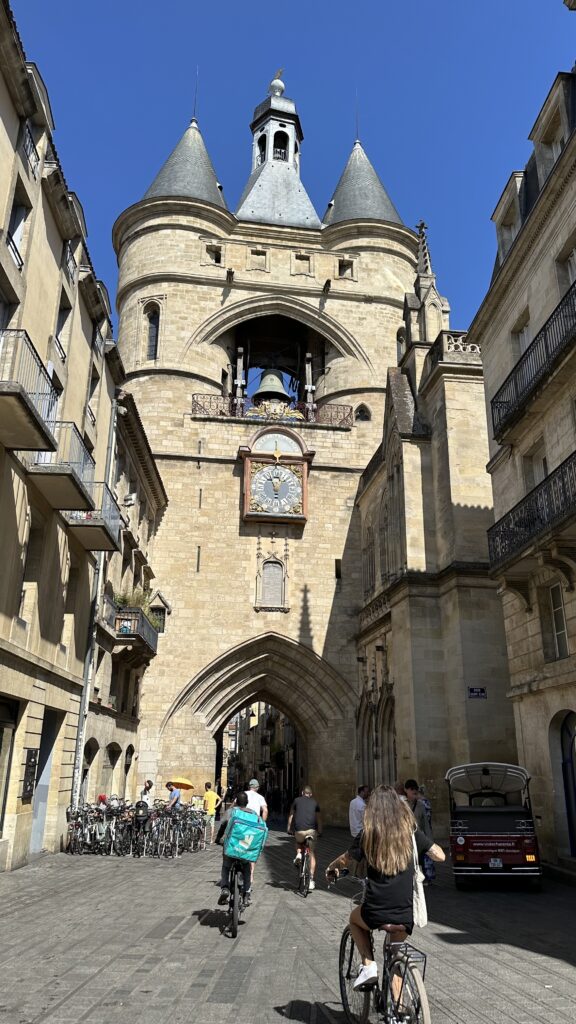
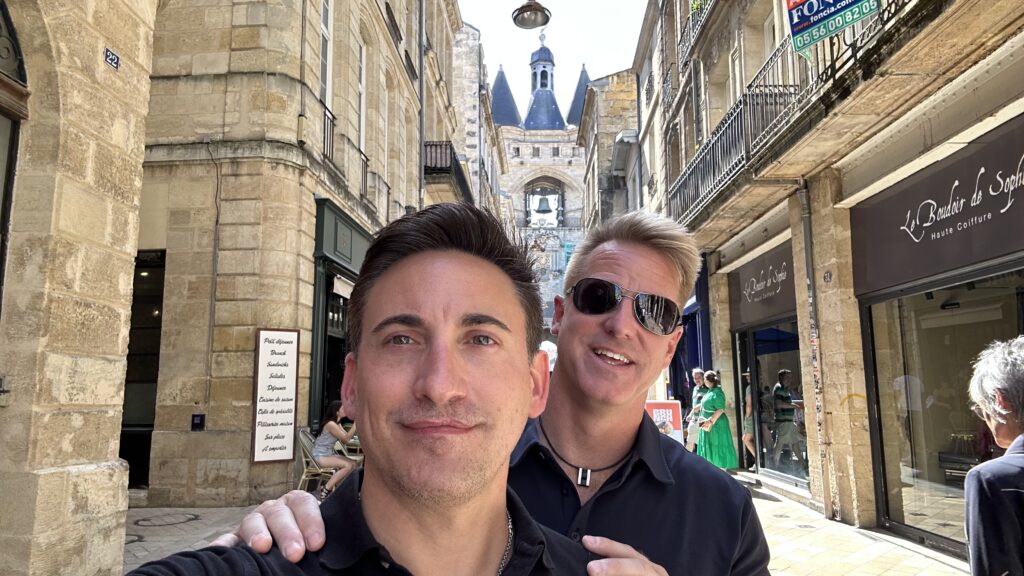
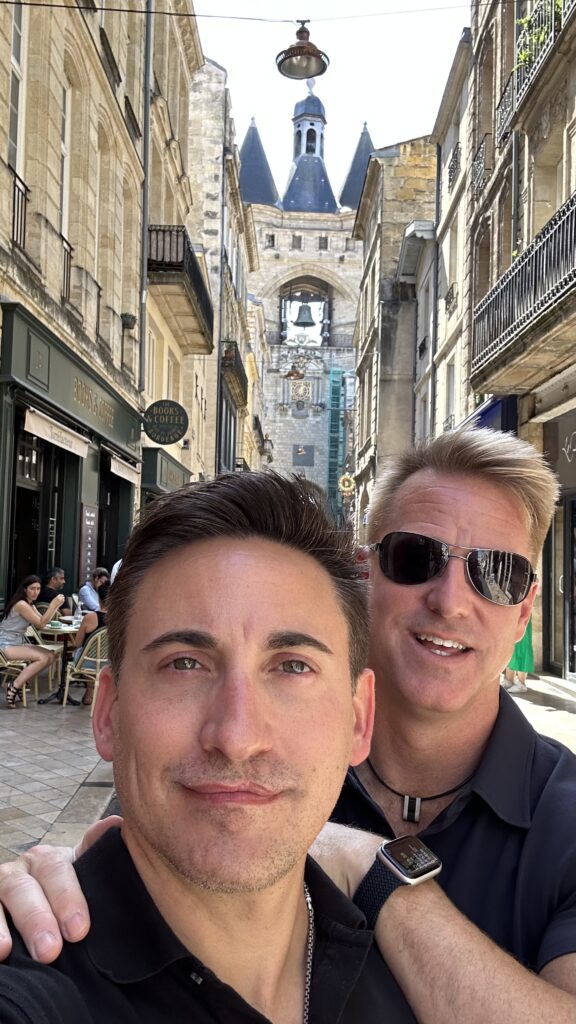
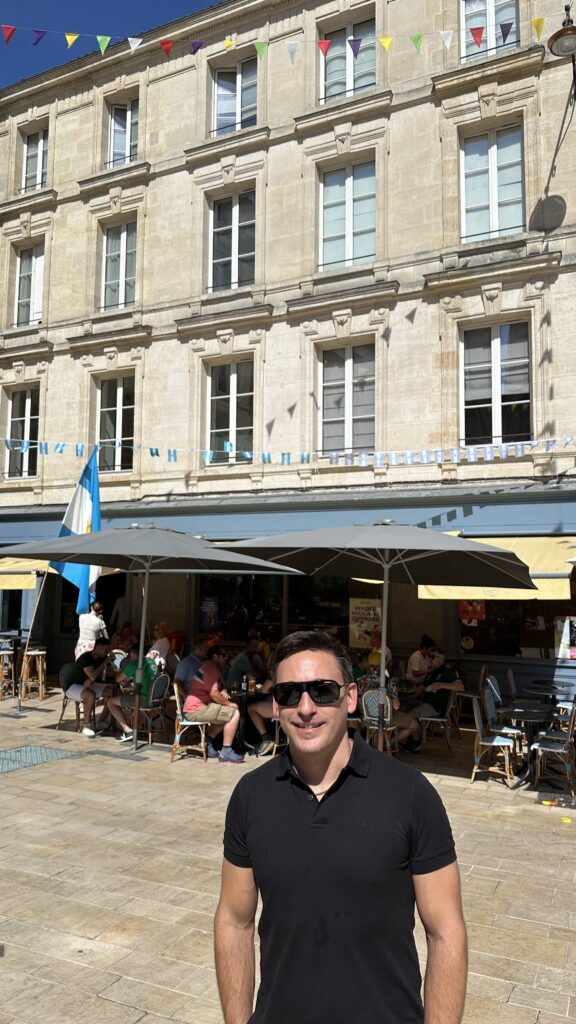
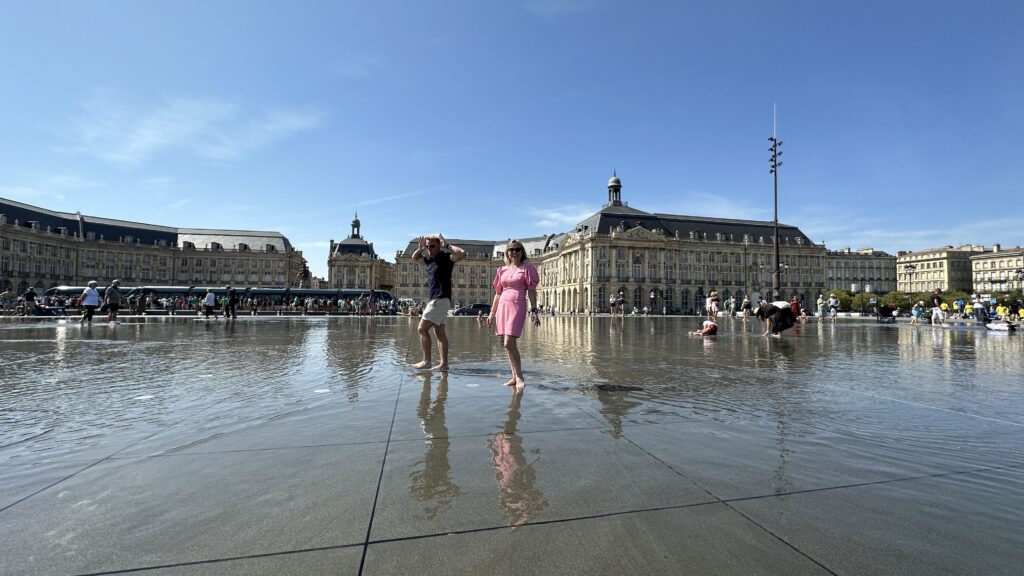
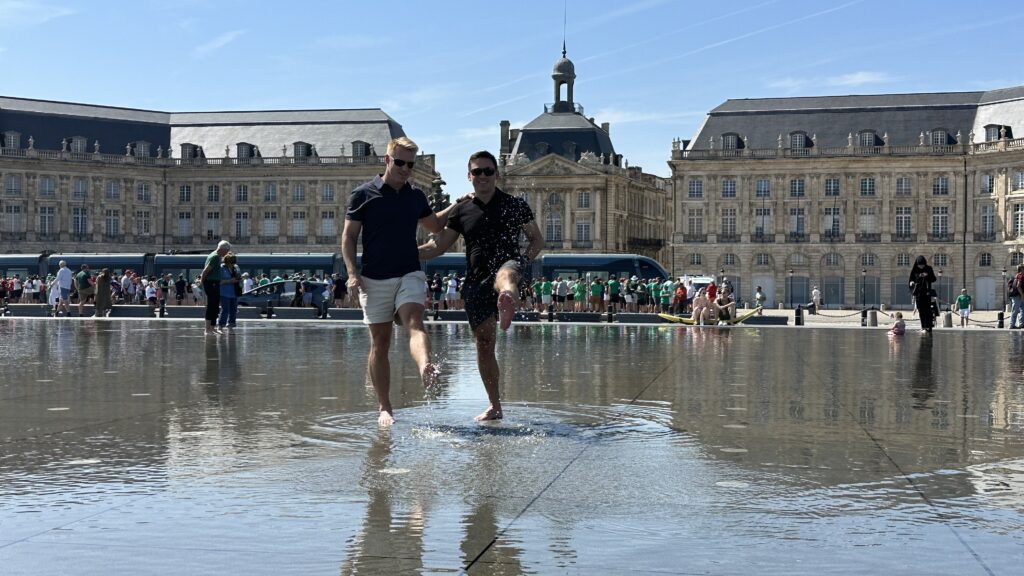
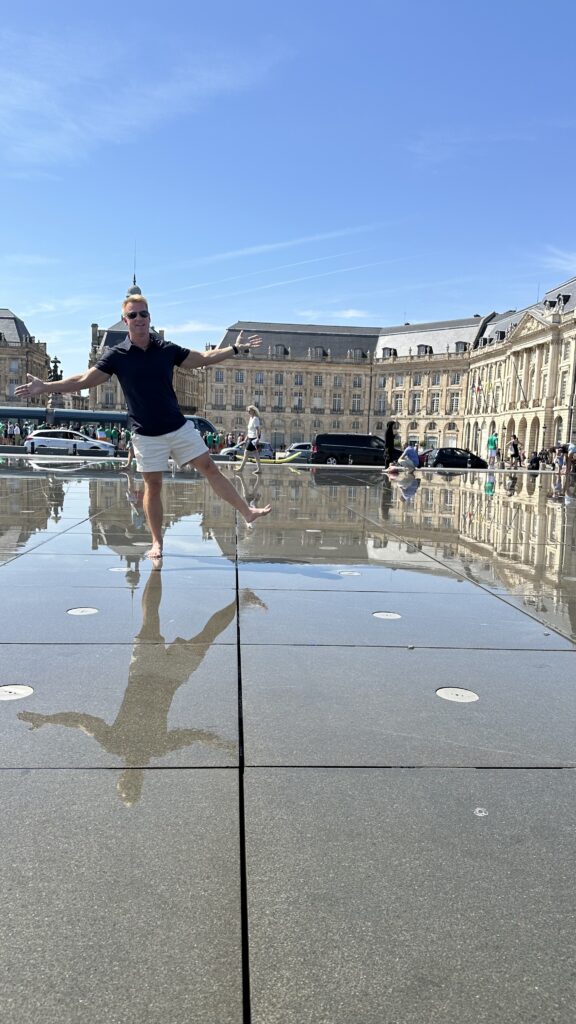
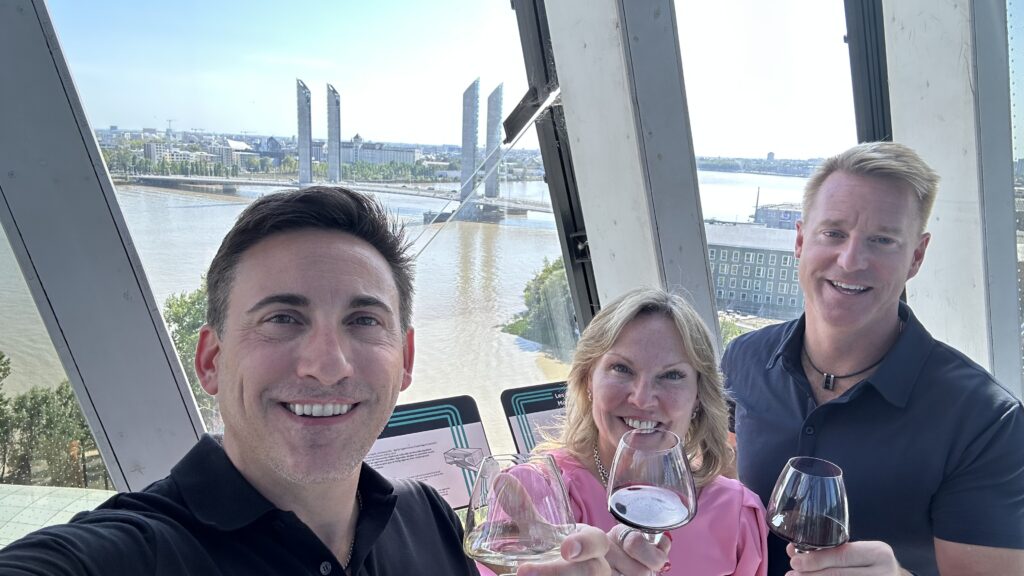
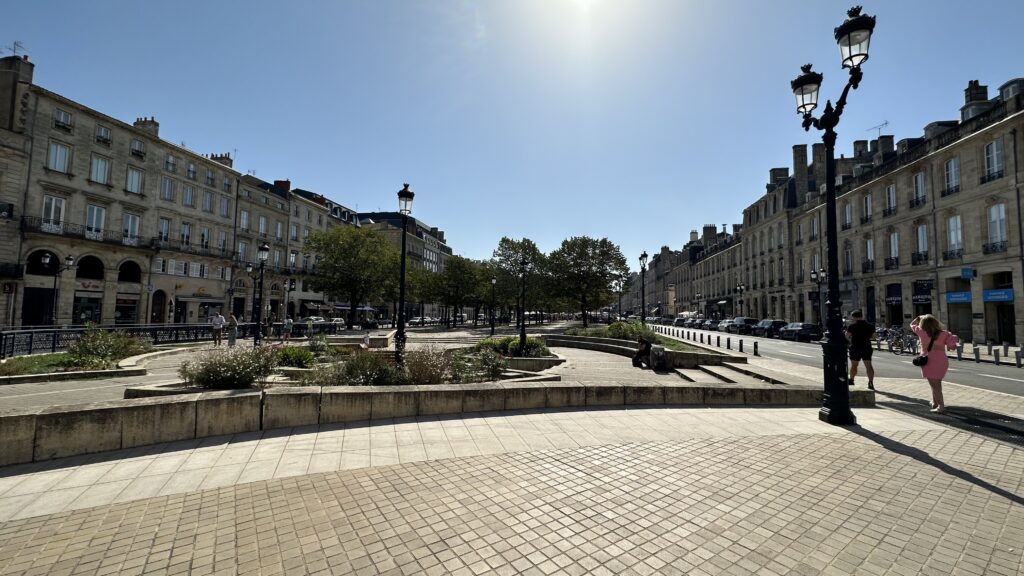
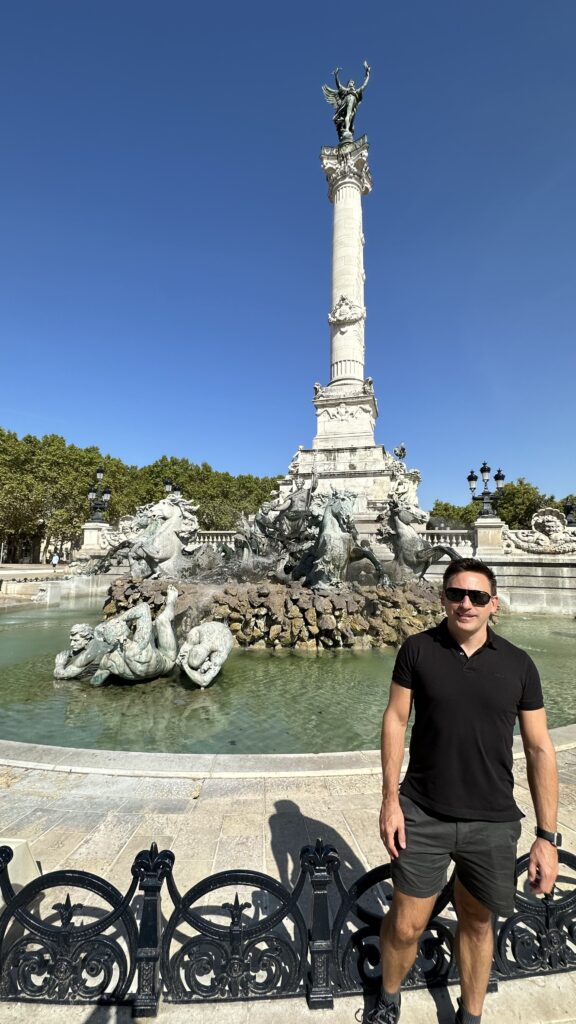
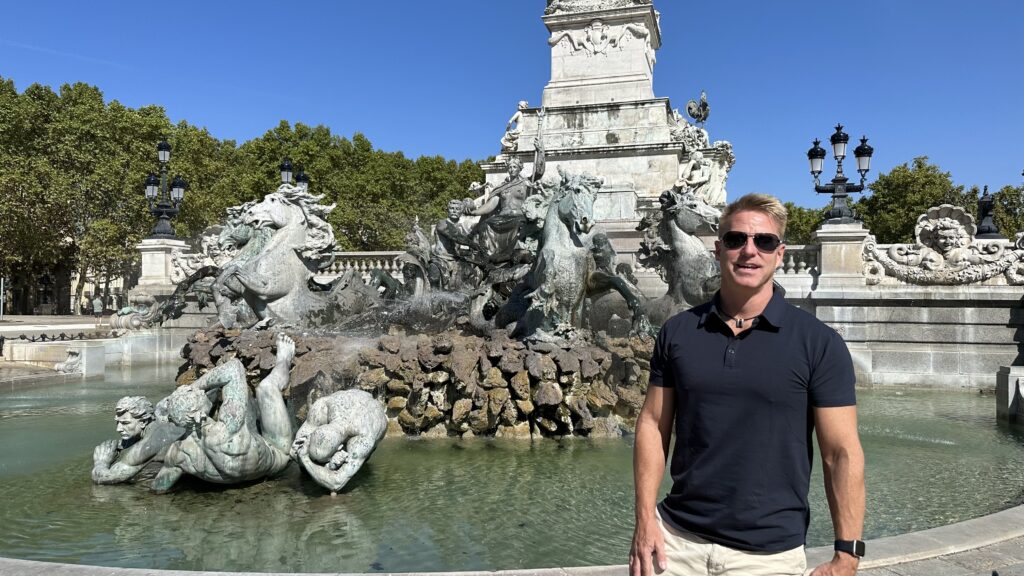
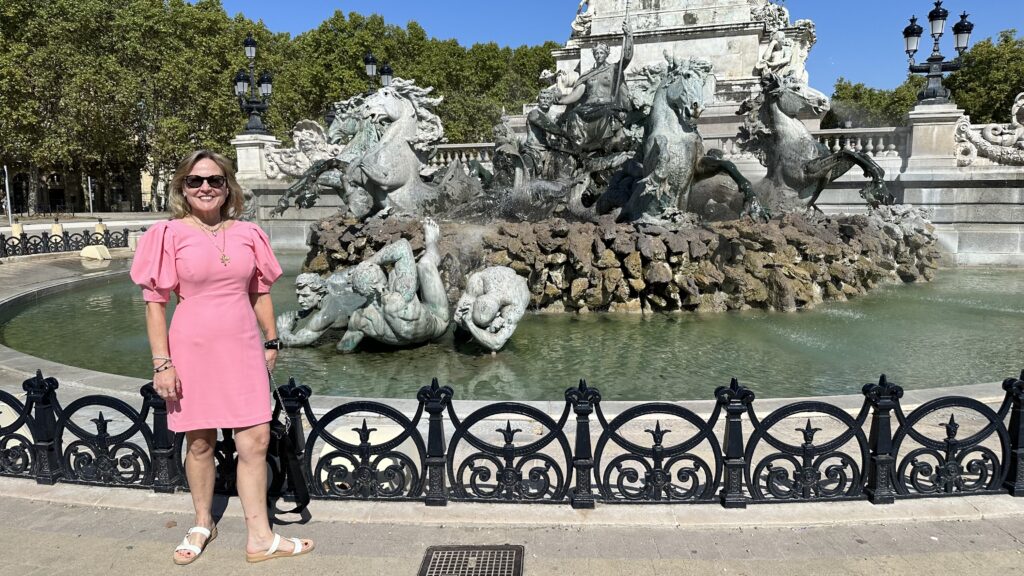
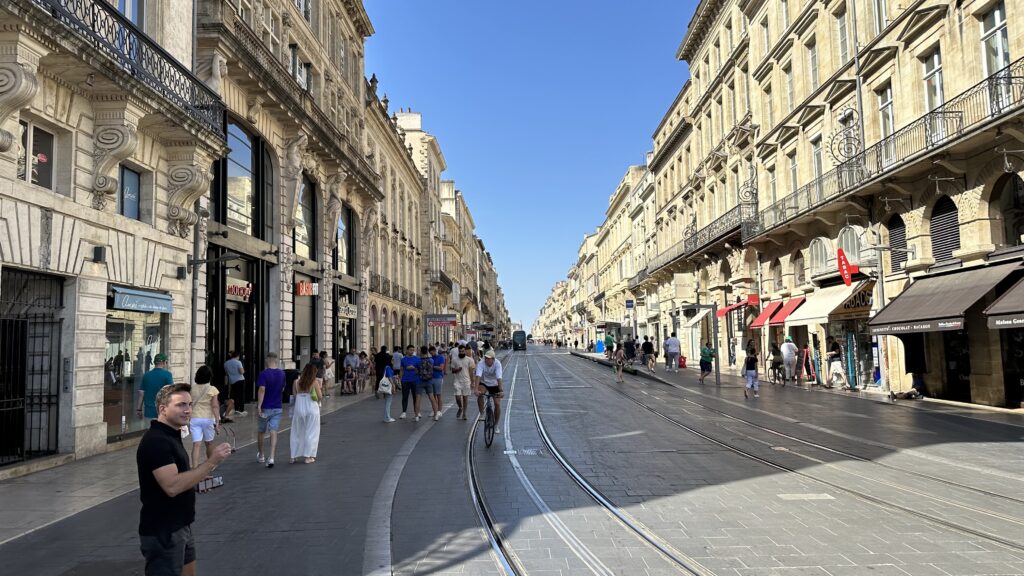
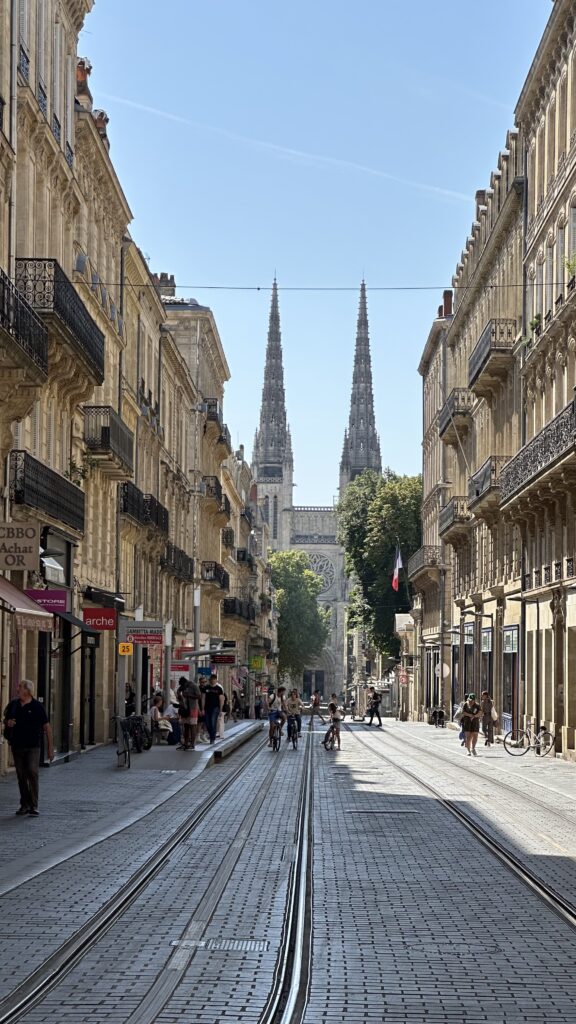
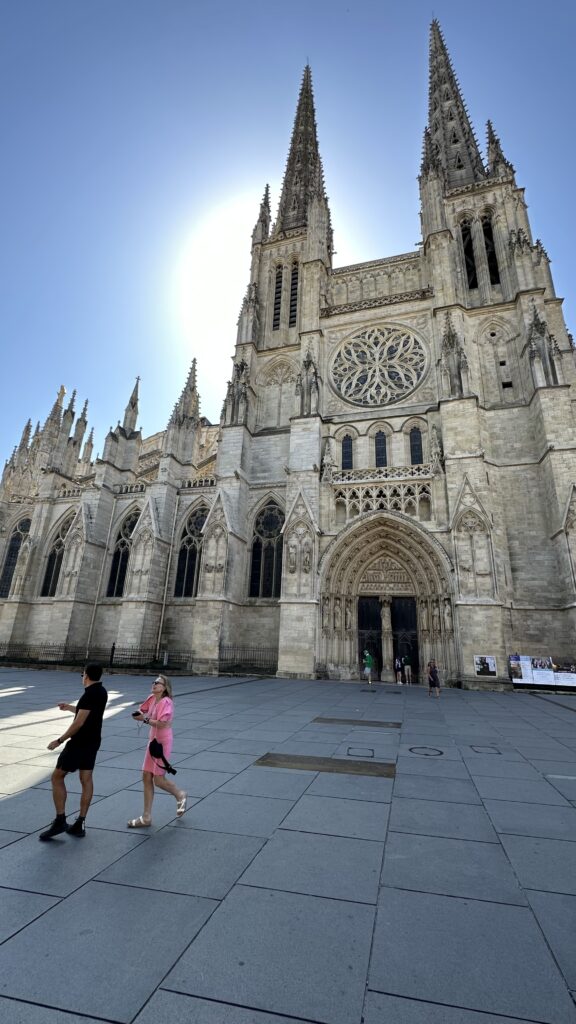
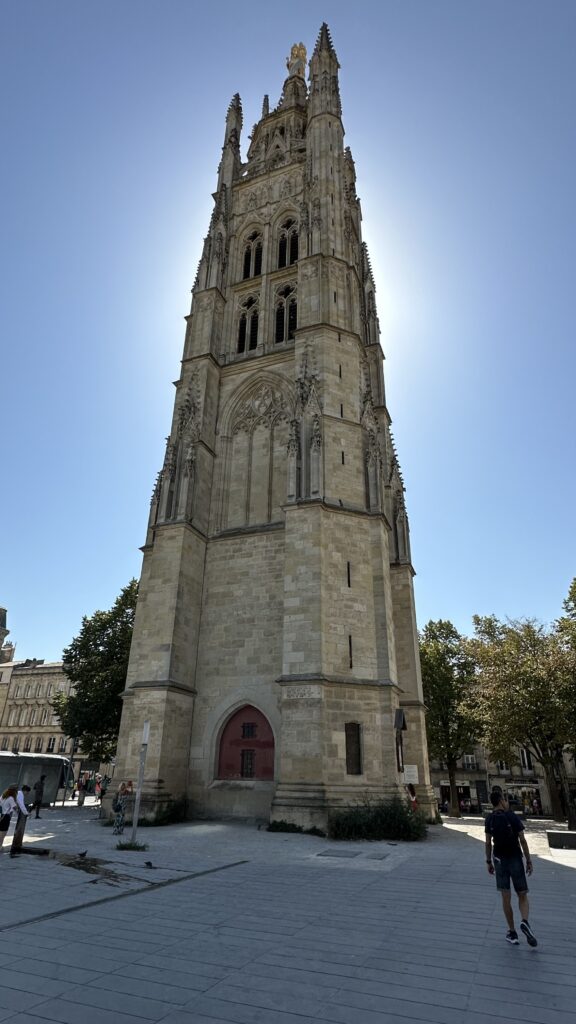
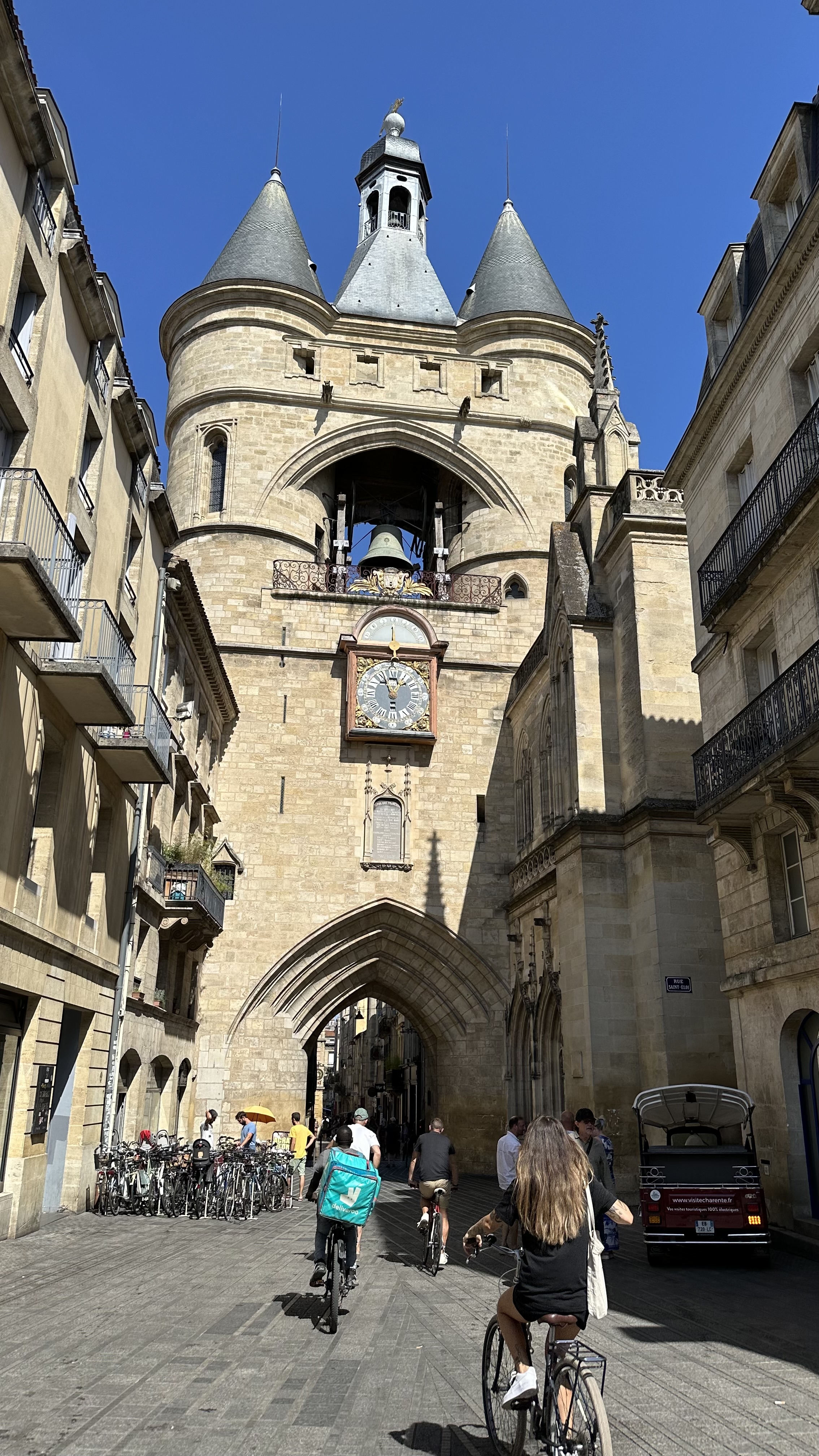
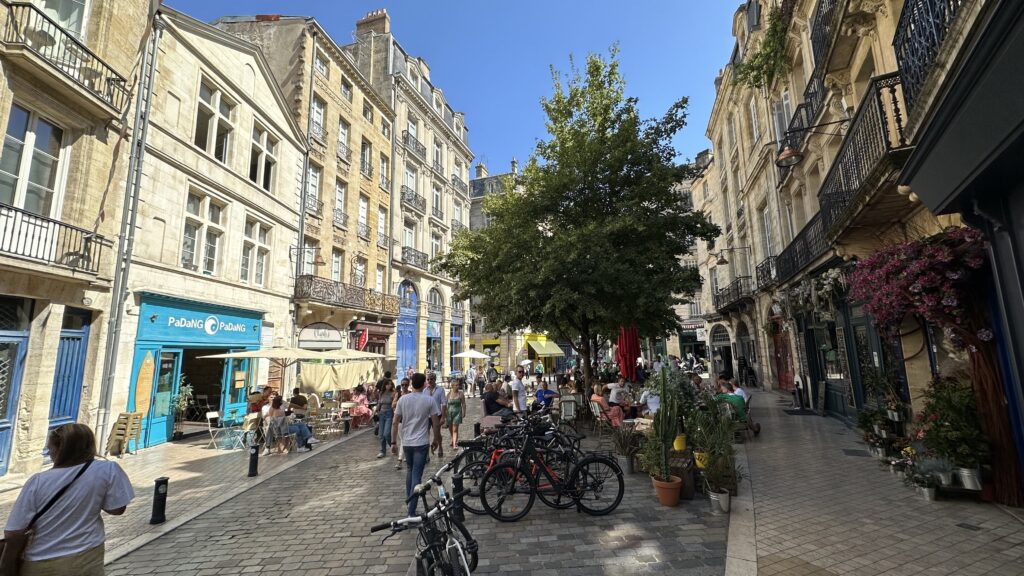
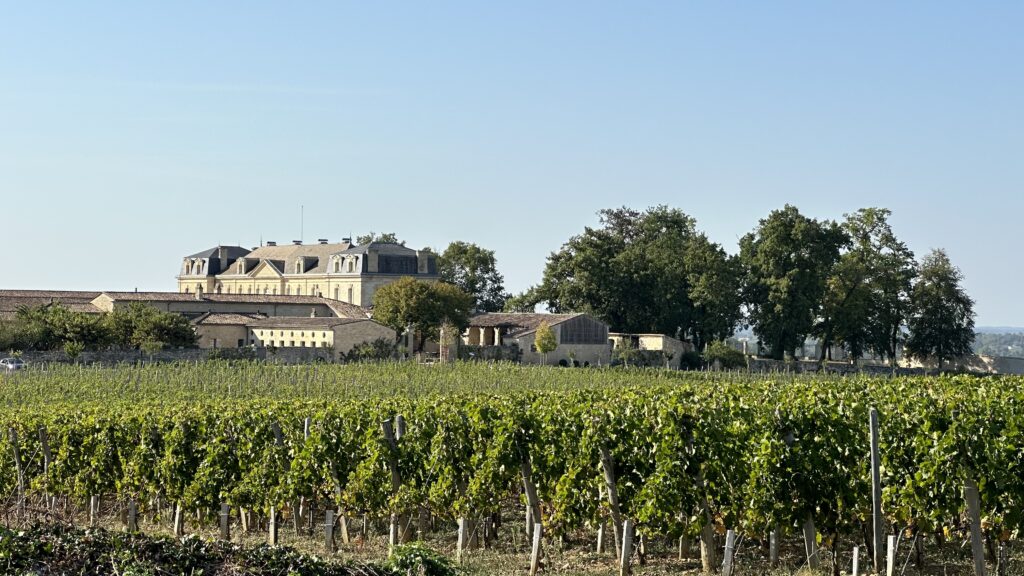


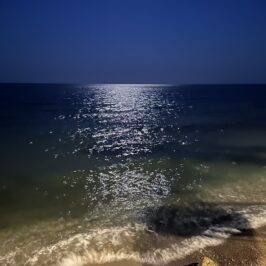
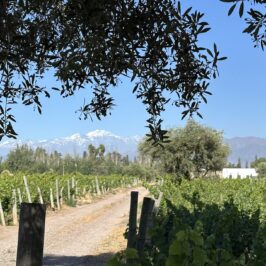
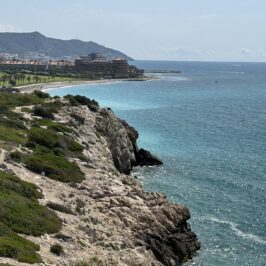
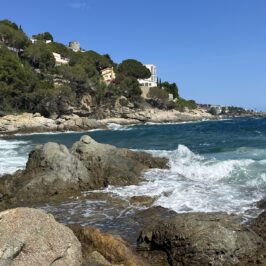
Feel free to comment, I would love to hear from you